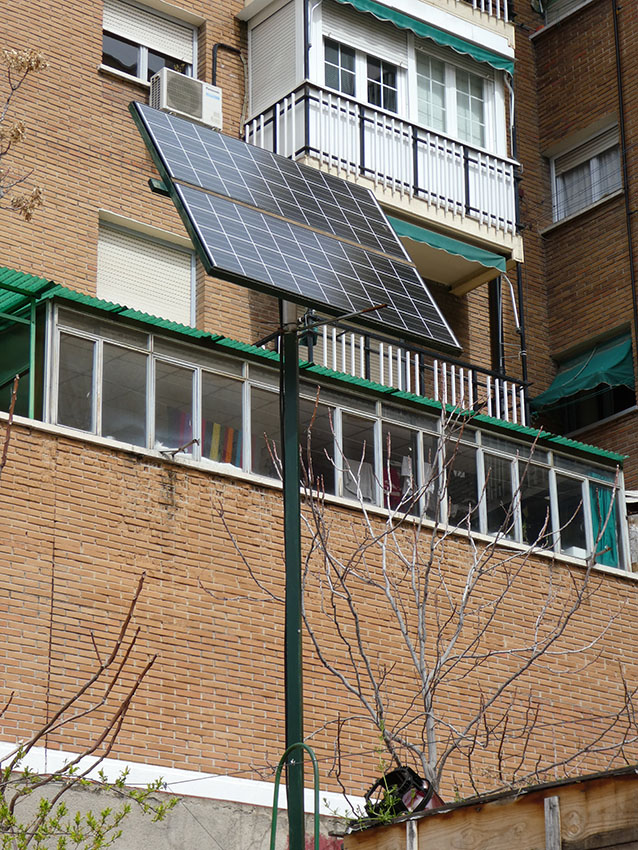
we interrupt our programm for maybe 15 minutes because the solar collector cannot collect enough sun rays. We return as soon as the cable is connected to Luis’ house!
Datscha Radio a tope!
Read More
we interrupt our programm for maybe 15 minutes because the solar collector cannot collect enough sun rays. We return as soon as the cable is connected to Luis’ house!
Datscha Radio a tope!
Read More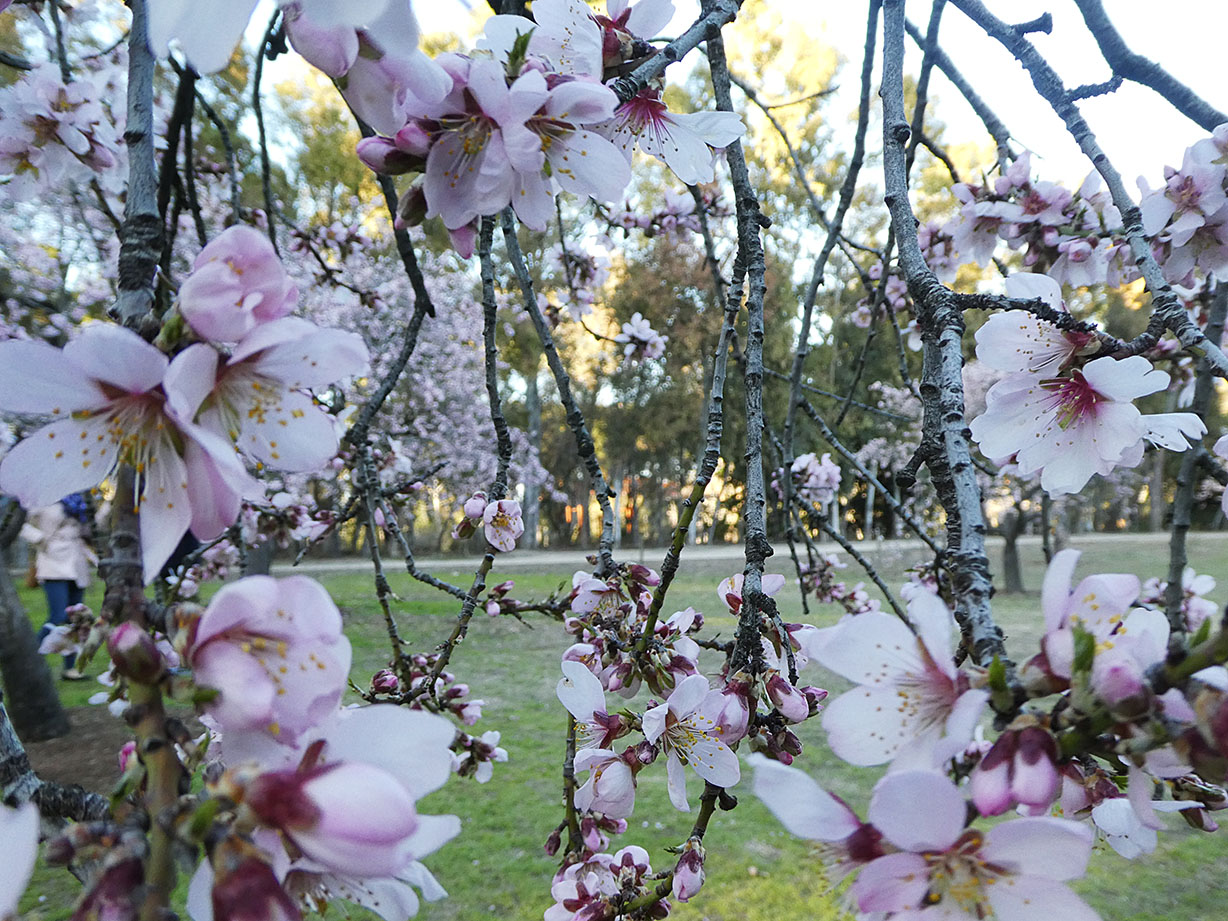
21st March 2018
The air was fresh but the sun was shining and the lawns lit up in dreams in pink, white and black: For once in these times of preparing for the radio at the “Plaza” I did what is a tradition among the Madrid people! I went to the Parque La Quinta de los Molinos to wander among the budding and blooming almond trees. I had myself photographed under a tree (like everybody) and I took selfies (like everybody). Wonderful!
Get these pictures:) (Some other info about the park and its trees will follow)
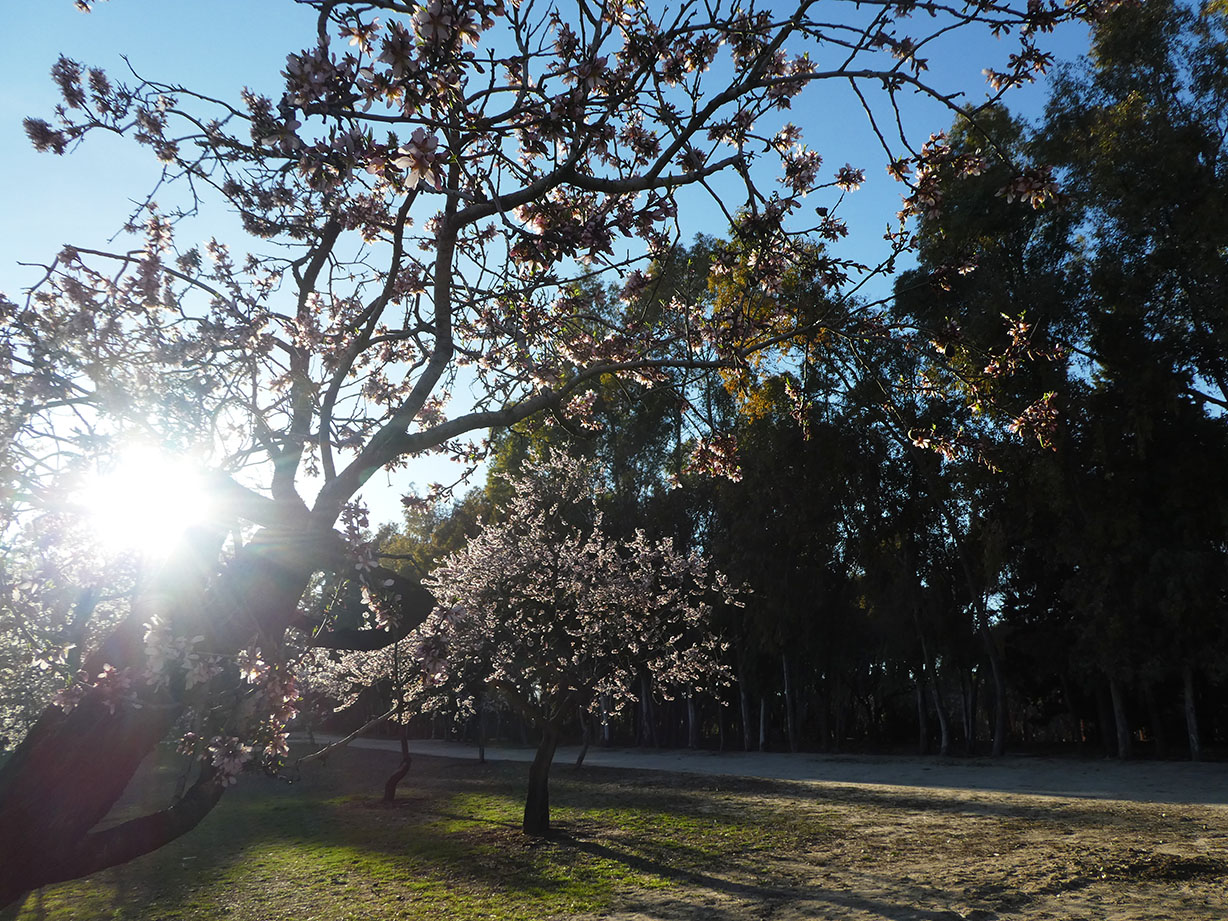
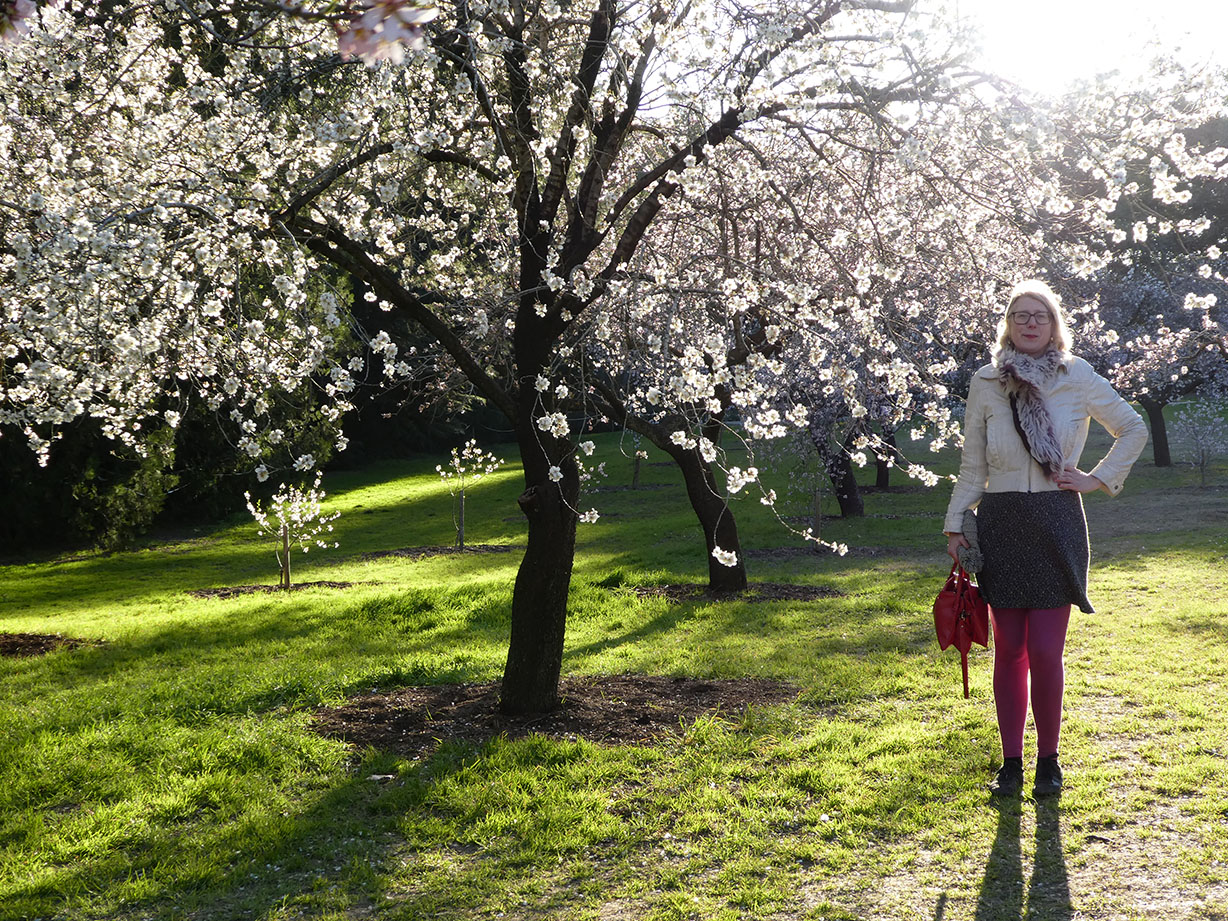

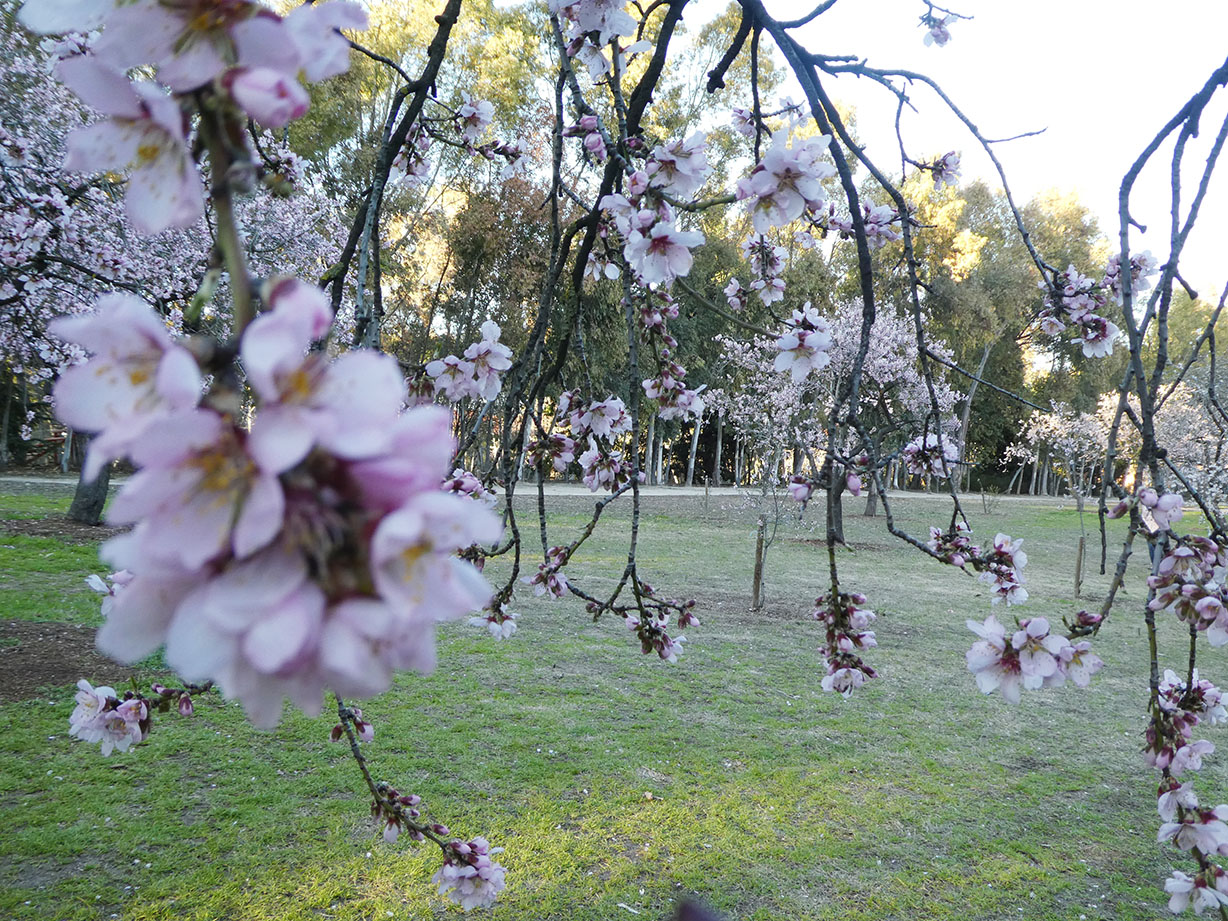
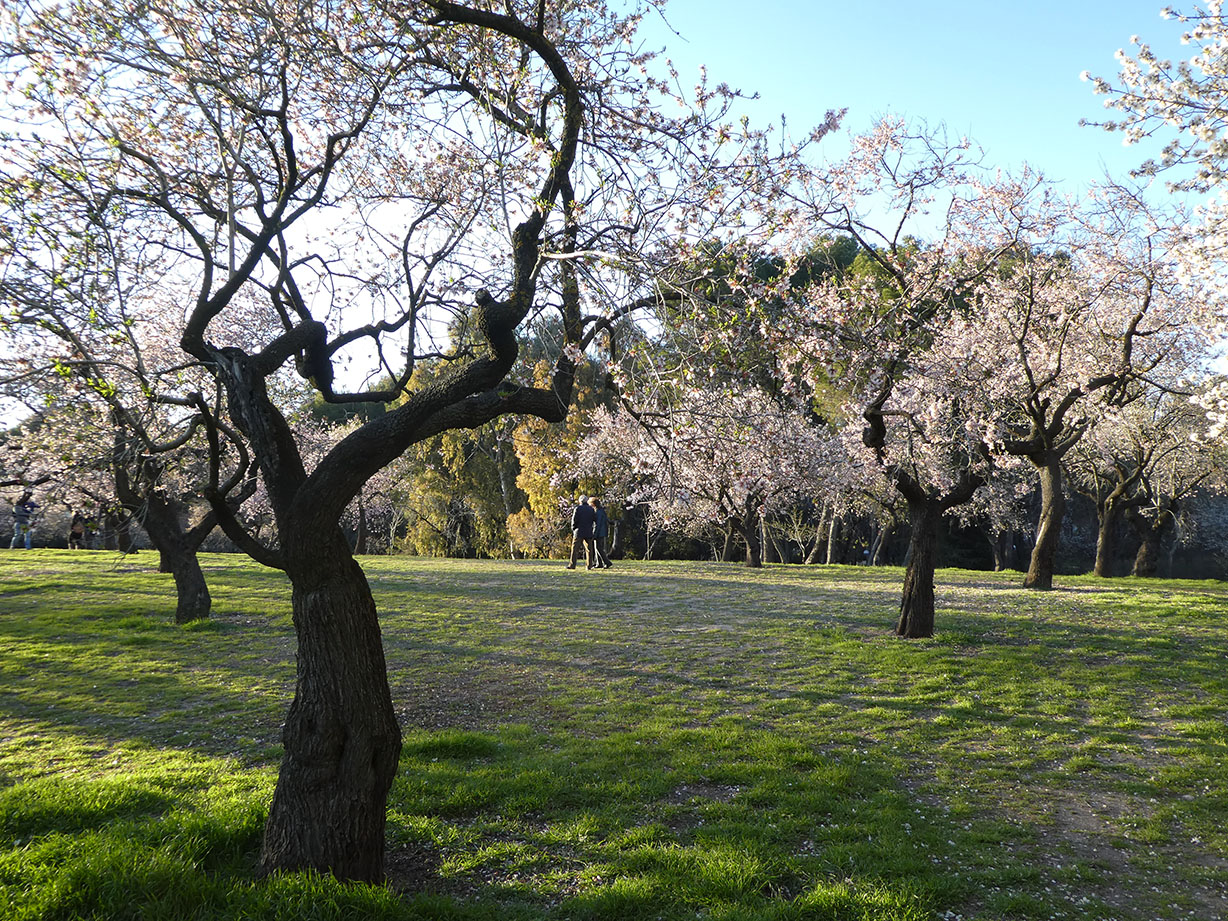
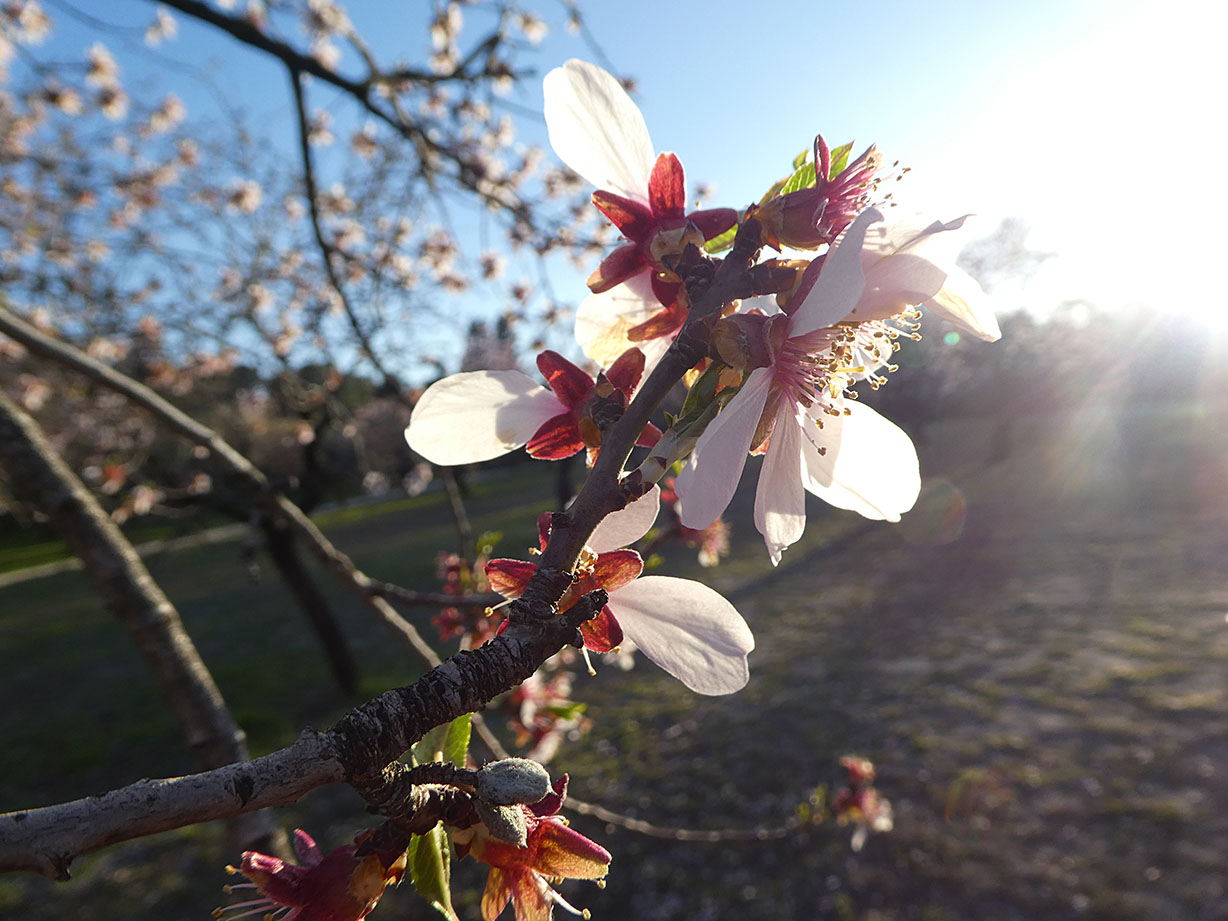
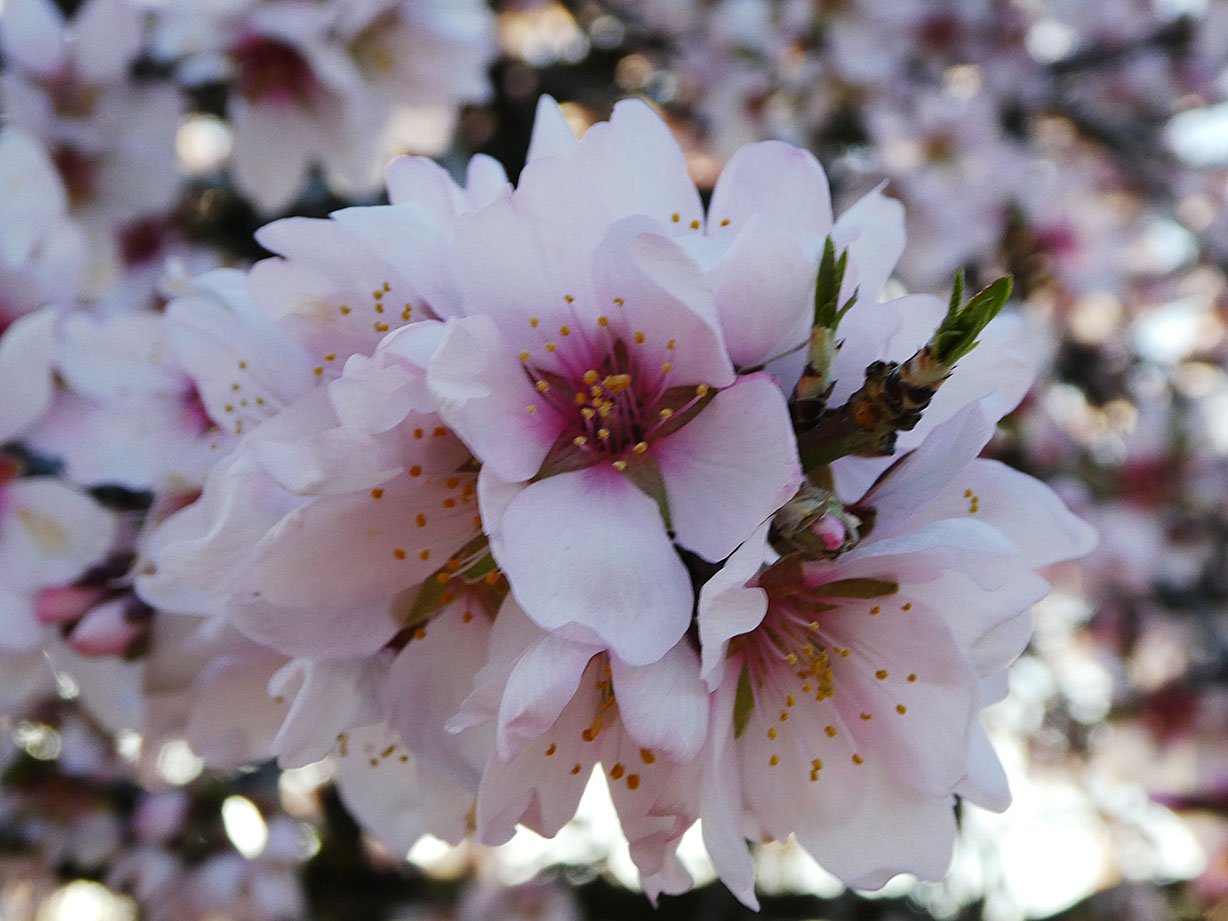
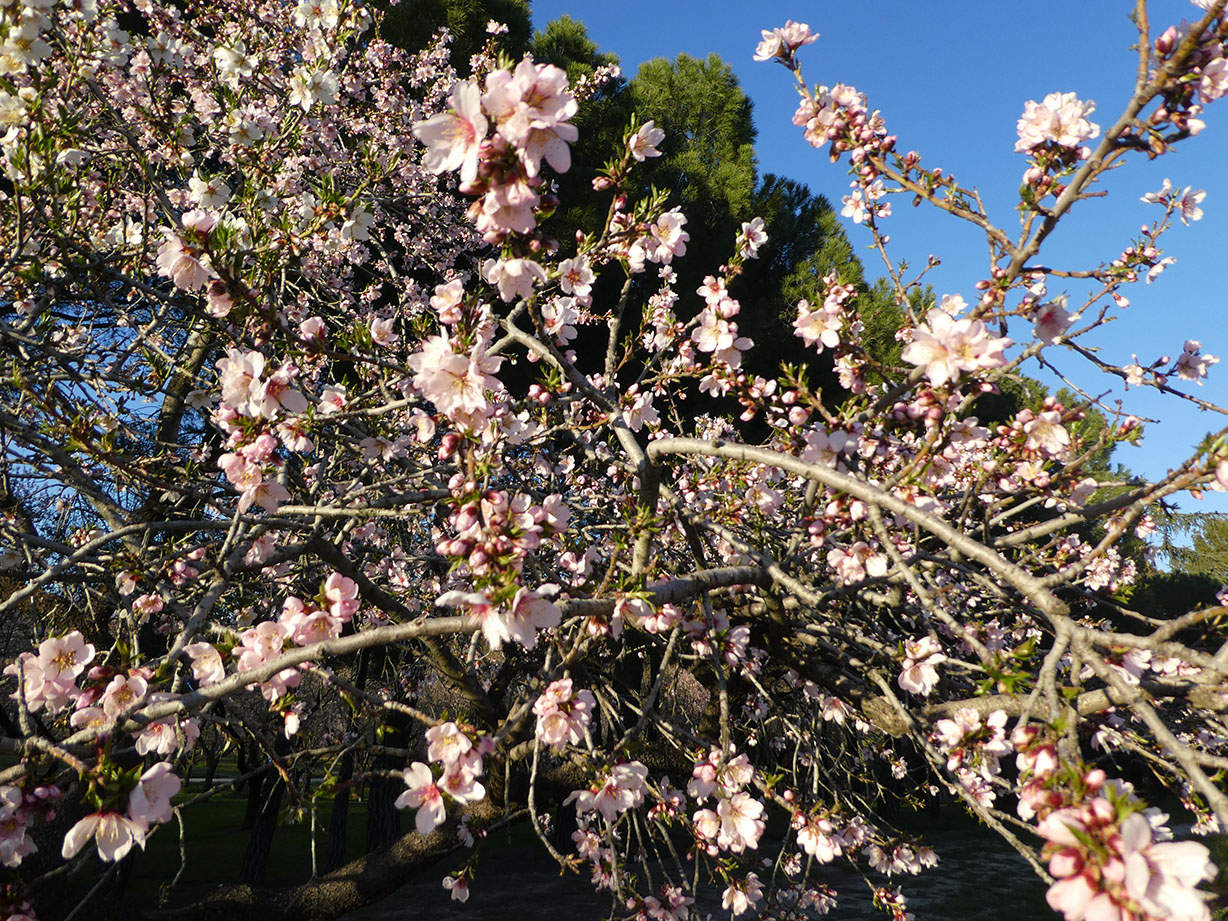
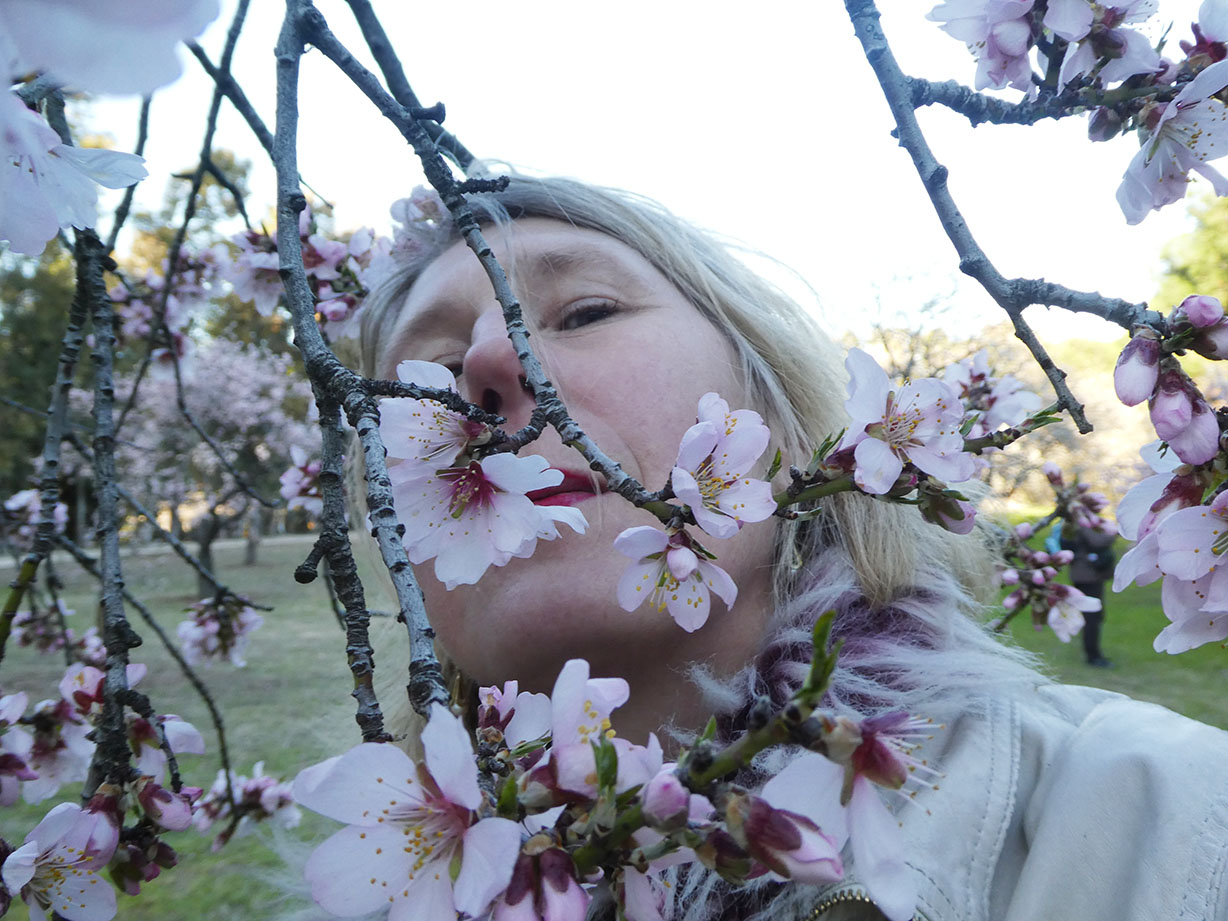
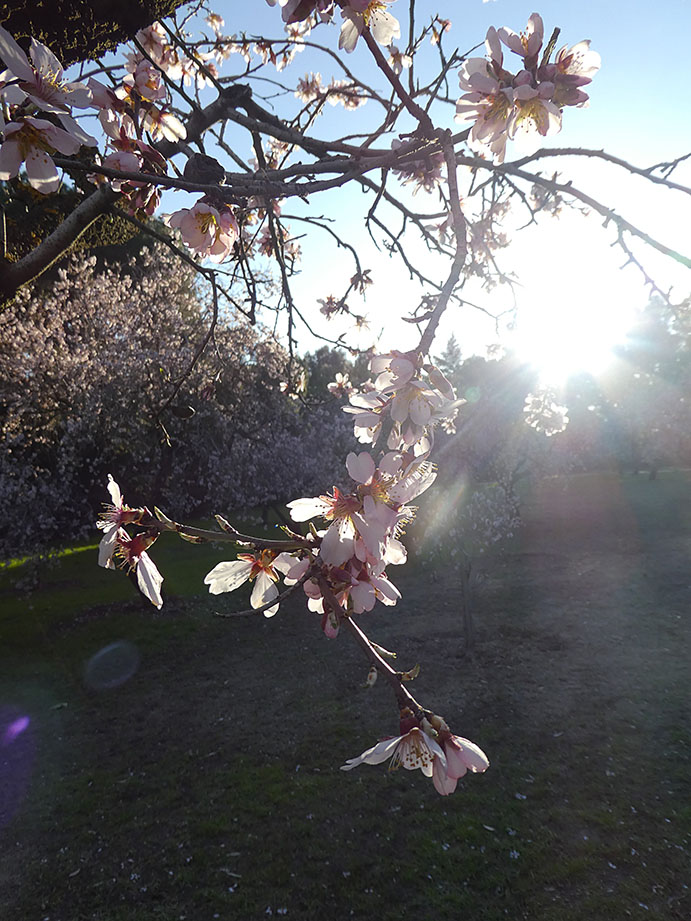
Read More

Design: Alberto Garcia
Esta es Datscha Radio Madrid! Estaremos emitiendo el 23 de marzo de las 12 del mediodía a las 6 de la tarde, en directo desde el jardín urbano en la Calle Doctor Fourquet.
Datscha Radio es una radio efímera, aquí y ahora! Todo el mundo está invitado a venir, compartir y participar. Te esperamos!
Escucharás sonidos de los jardines de Madrid, conversaciones sobre arte, plantas y horticultura, conciertos en directo e improvisaciones. Datscha Radio Madrid está colaborando con Esta es una Plaza, MediaLab Prado, Aporee.org y Radio Hortelana, en el marco de la décima edición de In Sonora.
Vamos a retransmitir en streaming, desde datscharadio.de, y en la frecuencia 107.3 FM. Tráete la radio! Ven con tus historias de jardín! Ven a la Datscha! Datscha a tope!!
Esta es Datscha Radio Madrid! We will broadcast on the 23rd of March from 12-6pm directly from the urban garden in the Calle Doctor Fourquet.
Datscha Radio is a temporary radio station and invites you to come, share and participate.
You’ll hear the sounds of Madrid gardens, talks about art and horticulture, live concerts and improvisations. Datscha Radio Madrid happens in cooperation with: Esta es una Plaza, MediaLab Prado, aporee and Radio Hortelana.
We’ll transmit on stream on datscharadio.de, and on location on 107.3 fm. Bring your radio! Bring your garden stories! Go Datscha! Datscha a tope!
Read More

The district of Batán borders on the Casa del Campo park, the neighborhood is a mixture of appartment blocks for the not-so-rich, sports grounds, and still fairly big patches of wasteland. A winding road takes us – about 500 meters further – to the urban garden of Batán, one of the first in Madrid.
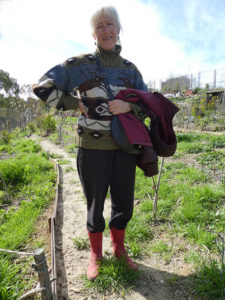
Irene, who founded the garden with her community
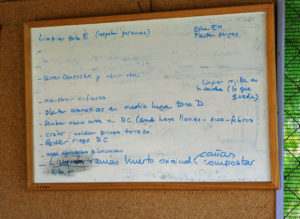
Things to do
Irene Prins was one among those first founders, then in 2012, in fact, she initiated the project. Our talk takes us from the need to create a place for oneself to the ramifications of the 15th of May Movement in 2011. Irene stuck notes to the walls and trees in the neighbourhood to find people willing to set up a garden space in the area. Over 30 came. “Before this revolutionary movement happened”, she said, “maybe the interest wouldn’t have been so great. But this idea of selfempowerment and taking on responsibilty for the places and communites we live in, was just too important”.
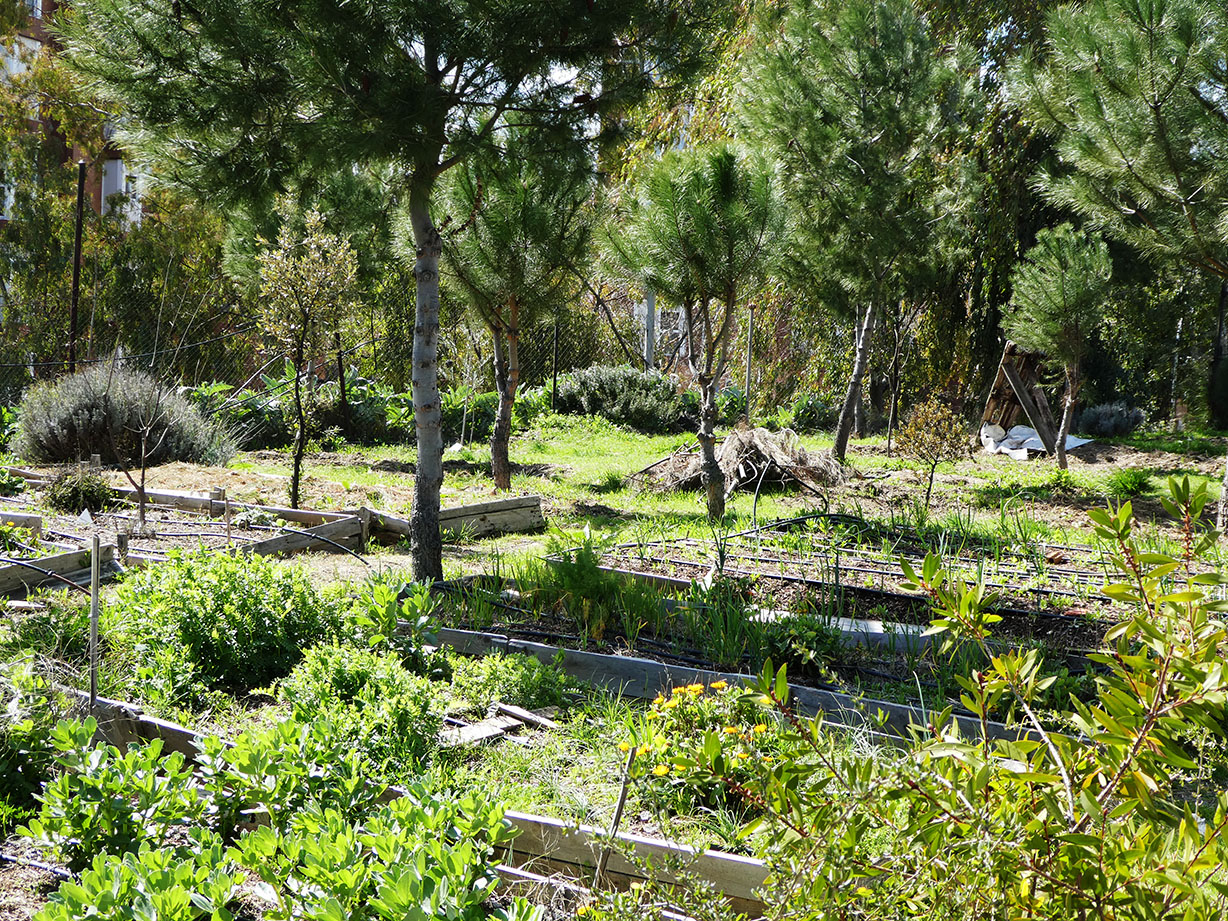
Batán No.1: The original location of the garden was some 50 meters distant. It is smaller and is now cultivated into a forest garden.
Soon afterwards, the Huerto de Batán began to connect to other urban gardens in the city, “there were maybe 4 or 5 of them” – and this was the beginnung of the “Red le los huertos communales en Madrid”. La Red, the network, now counts around 50 urban gardens in the municipality of Madrid. The work is done by volunteers, but the city occasionally supports the gardeners in gaining acess to some rescources like extra soil, organic fertilizers, and water. Yet in their very beginnings, Batán gardens were just a squat and the water was “siphoned off” a communal pipe.
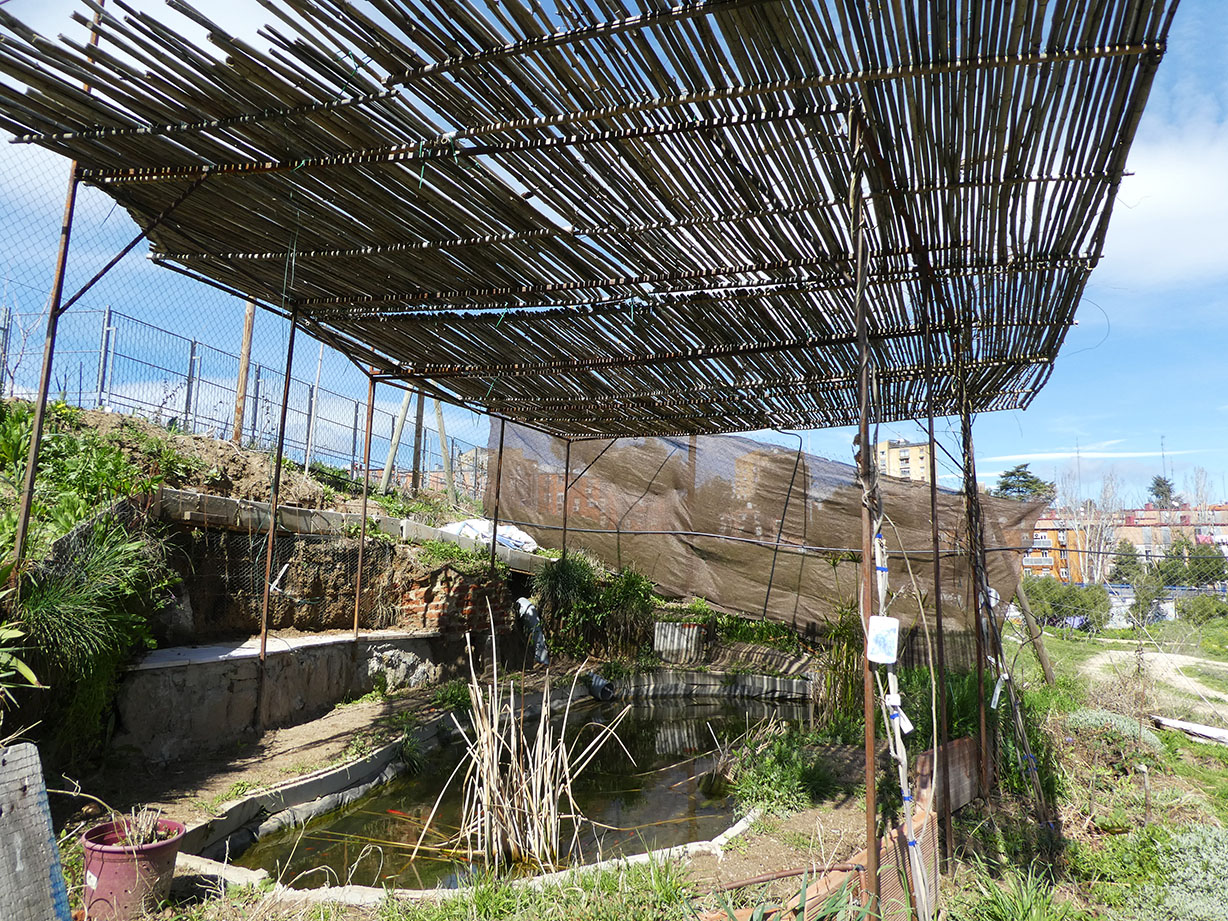
The pond
As we sit in the sun with the distant noise of the A 18 motorway in our back, the conversation shifts from politics and communal issues to the permacultural design of the garden which is clearly organized in terrasses, and planted with a thoughtful mix of (still young) trees, supporting shrubs, herbs, occasional flowers and of course, a diversity of vegetables. There are also a pond and a beehive… too silent this latter one for this time of the year: “We’ll have to wait. Maybe there is still hope, there was so much honey there the last year and we left it all to the bees. But it is strange, not to see a single bee…”
Irene shows me around the plots that in some places spout bushy clews of “habas” (broad beans), there is timid rhubarb, rosemary and salads. There is also grass, stone, wood, mulch made from twigs, and an irrigation system (saw no Spanish garden without one so far). The garden’s special point is to turn annual vegetables into perennial ones, something that can work quite well with cabbages for example. I get also introduced to a garden plant entirely new to me, the Siberian Pea. Hardy, sturdy and with a stem and branches, a pea bearing shrub… !!!
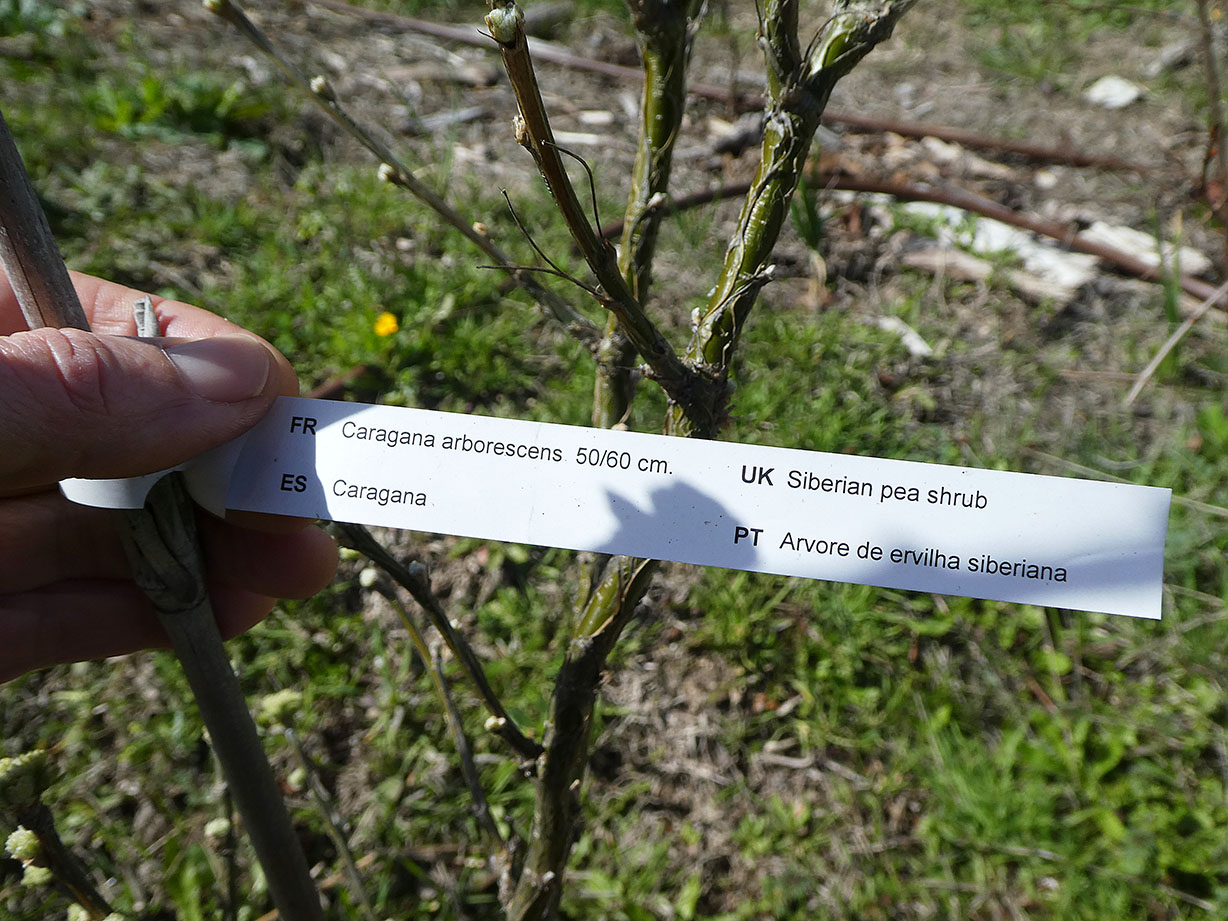
One last question (podcast of this will be available at some later point) touches our personal relationship to the plant life. Yes, there is , if not actual talk but ‘thinking’ to the plant and a sincere feeling of respect and gratitude. Irene holds that connecting to the earth also connects us better to our lives and fellow human beings, because “it is all about caring”, she says.
There is nothing to add… except some images and the following links.
Read More
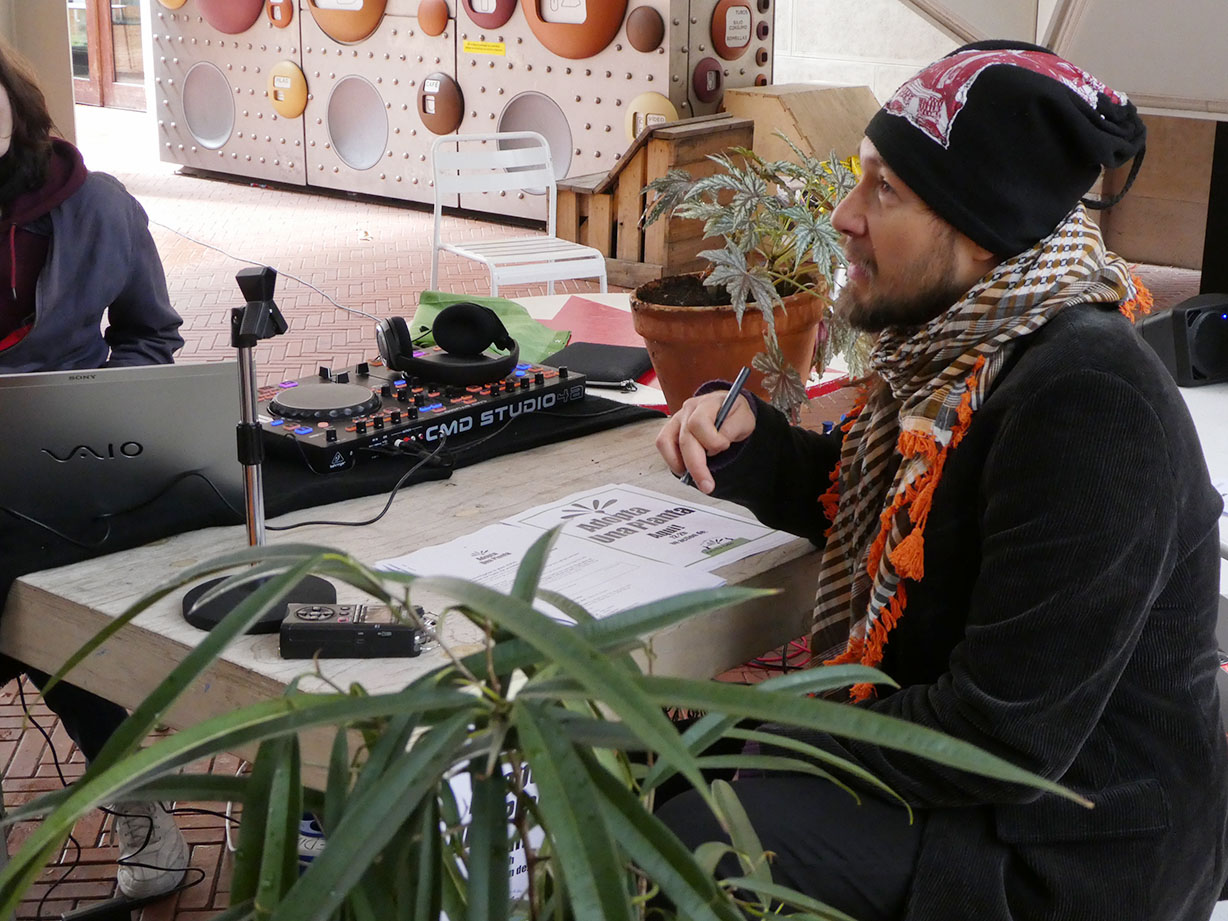 16. Marzo 2018
16. Marzo 2018
19:30 Visit to the Humus Film Fest, a brilliant idea! 16 short films in 4 categories about urban gardening: Experimental (missed but one half of the last one), comedy, documentary, fantastic.
Some glimpses here: pole dance with potted plant, hilarious GoT-adaption, Esta es Una Plaza selling veggies as drugs (won a prize!), french refugee gardener (best in the category of docus to my mind), rapping youngsters, compost zombies, lots of food… Alberto Peralta doing fabulous moderation (they also won the fantastio prize – dealing carrots – ), craft beer, running into Elena and Carolina of Radio Hortelana.
22:00 Walking home (sounds of helicopters and police cars. Pondering about some evident links of (Spanish) popular music/movie culture to urban gardening… I think this is different in Germany. Also: a definite emphasis on action. Taking a mental note to ask Señor Peralta. Seeing this:
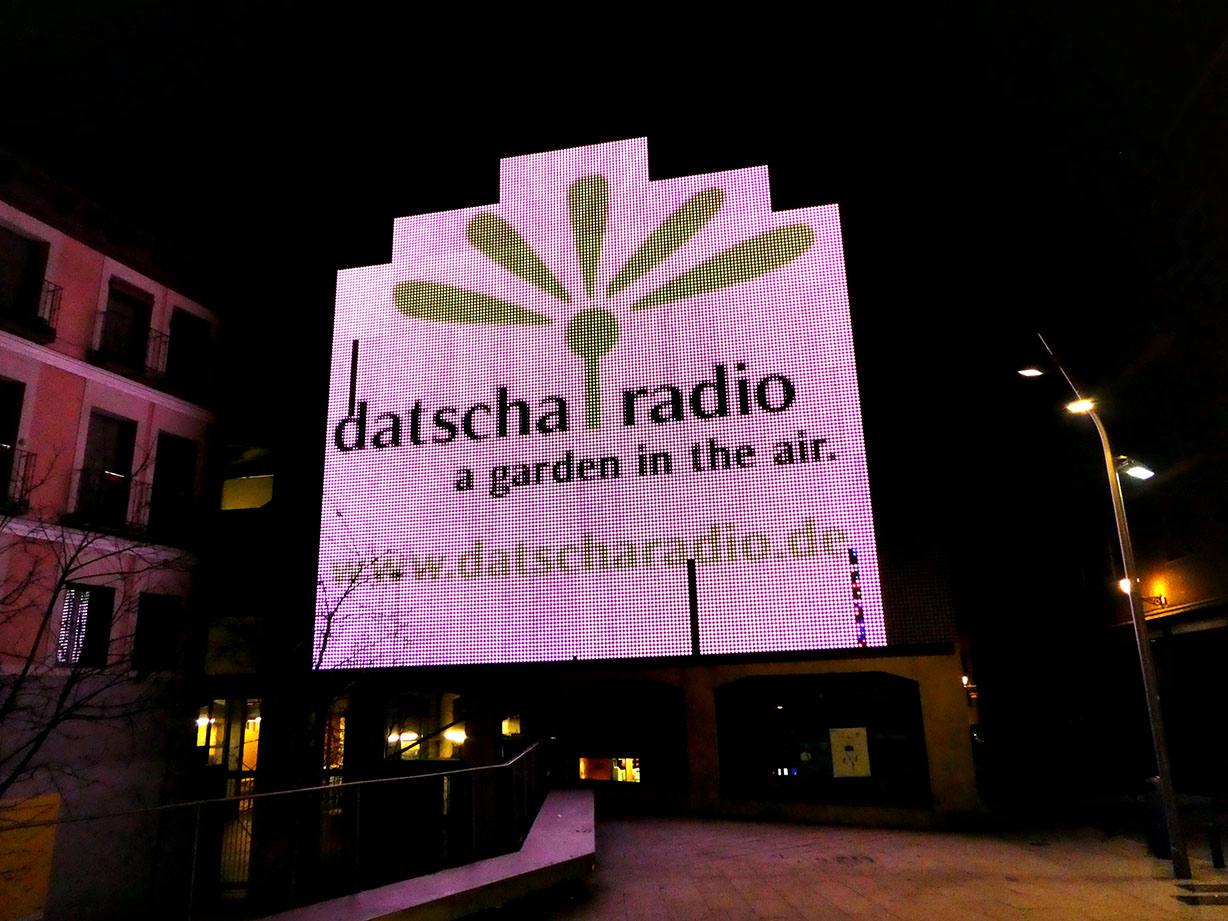
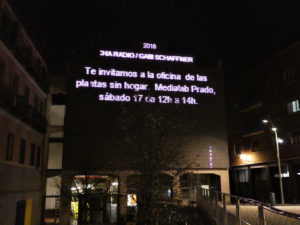
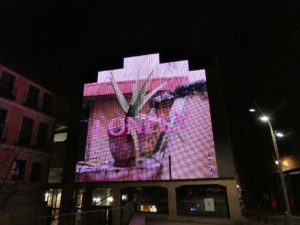
22:15 Editing new Madrid sound field composition for the performance next day.
1:00 Sleep
17. Marzo 2018
8:00 Coffee (3)
Weather check: devastating. It is raining and cold. I don’t know how many times I have been told now that Madrid people hide at home when there is rain outside.
10:00 Dressing while bouncing the new piece
11:00 Setting up the Oficina des las plantas sin hogar with Alberto Garcia and Rosalia. We use the plants from the cantina and the security office for decoration, it looks great!
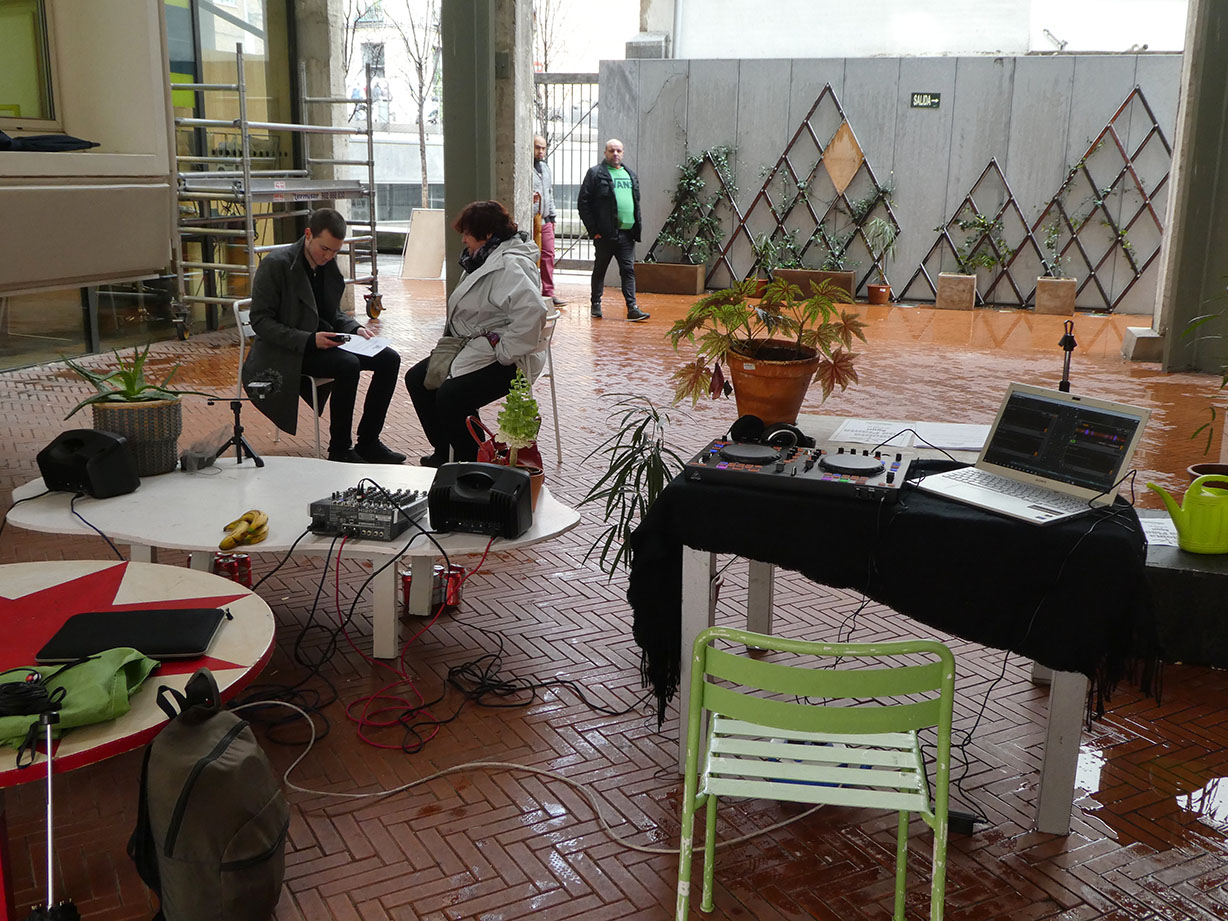
View of the Open-Air Oficina
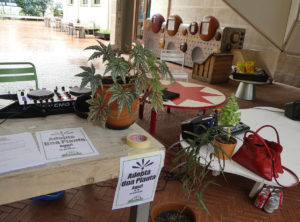
View of the Open-Air Oficina and Security Plant

A Senora tells Alberto about her plant.
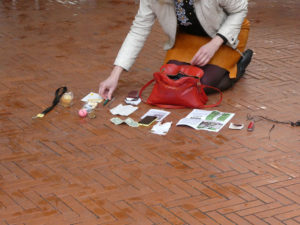
Unpacking the Madrid version.
12:00 Rain subsides. Sounds of a Demonstration in the nearby streets. Medialab is swarming with mothers, babies, media and video workshop participants. A lady wants to adopt the „security plant“. No es possible. But we get an interview about one of her favorite plants. Times passes with some more interviews. People are interested to adopt but most of them “forgot” to bring plants.
1:00 Start of performance, all goes well. A sparkling gem in the the new piece is a song about flowers sung by Romi Casiles’ grandma, Elvira Margarita Sturla. There’s beer and tortilla chips and a señora comes and donates two plants, a very grown-up „bad mother“ and an adolescent dieffenbachia (surprise?). She also wants to take „Dark Securita“ home, but I can only offer her a can of beer. A friendly guest, Fernando, consents to sing a melancholy song from Argentinia for Datscha Radio’s singing pool collection. Comida con mis ayudantes.
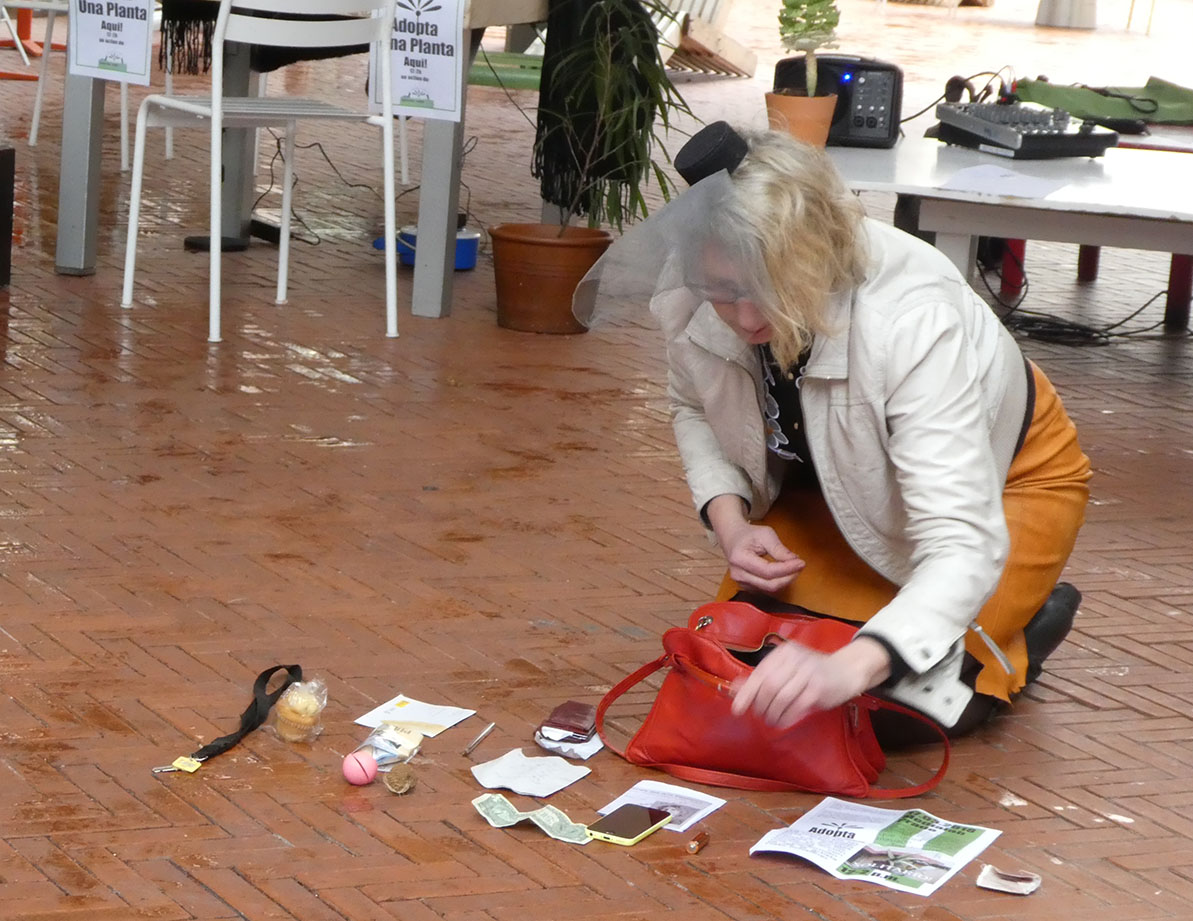
16:00 Knocked out by the two glasses of excellent wine received with my food and in need of a siesta. Watching a SF-movie about life after dead with Robert Redford instead.
18:00 Idle research in academic papers. Using keywords around „garden“, „dependency“, „permeation“ I come (next to „Species, Historicity, and Path Dependency“ across the psycholinguistc term of „garden-path-sentences“, its German equivalent being the „Holzwegeffekt“. Anyway, this is about misleading grammar structures and the different ways in which these can be interpreted and/or „parsed“ by the reader. I think of the straight paths in the gardens here in their combination with the frequently met labyrinths … Can we also understand/”parse” garden designs as a language… l i k e a language?
19:00 Sort the pics for this entry.
Read More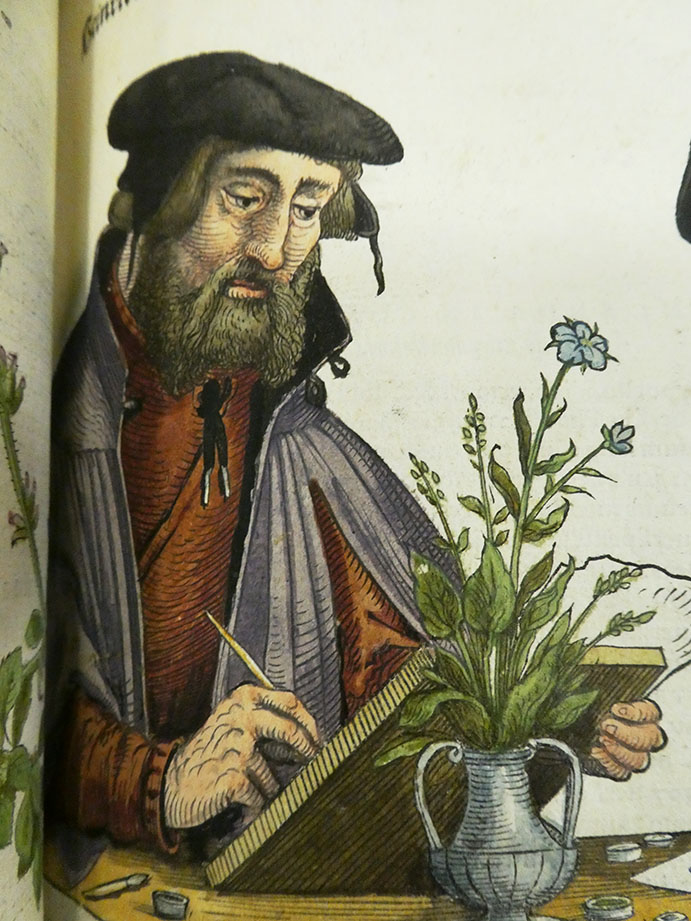 A place for study, information but also a treasure trove of ancient books on botany, this is the library of the Real Jardìn Botanico. Felix Alonso is the head of the library department – we already met when I stumbled into the offices on my very first visit to the garden – and we both enjoy our second encounter. As requested I had prepared some questions and the interview runs smoothly (in the process of editing).
A place for study, information but also a treasure trove of ancient books on botany, this is the library of the Real Jardìn Botanico. Felix Alonso is the head of the library department – we already met when I stumbled into the offices on my very first visit to the garden – and we both enjoy our second encounter. As requested I had prepared some questions and the interview runs smoothly (in the process of editing).
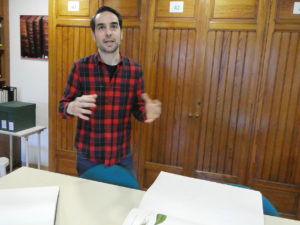
Felix Alonso, head libarian of the RJM explains about his work
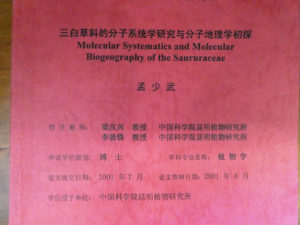
Sample Title :)
The beginnings of the book collections stored here lie in the 18th century, but since then the work of librarians has changed considerately – more so with the impact of the digital age. Apart from keeping pace with the mounting bulk of new publications (and sorting and cataloguing them), the library also engages in several activities with the public. One of them being the forthcoming exhibition about „Tulipan Ilustrado“, the Tulip in Illustration, on the 20th of March (until 20th of May).
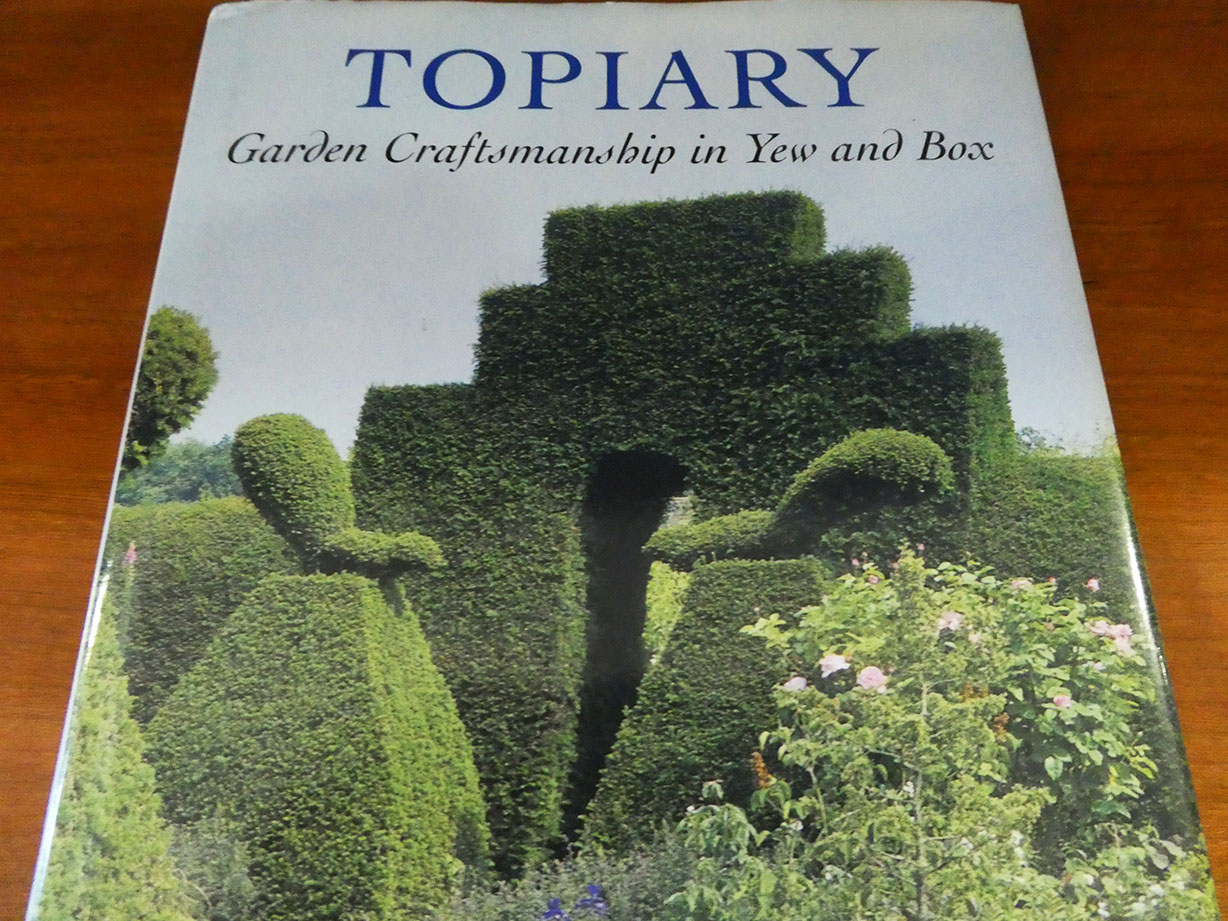
Speaking of illustrations Felix proceeds to show me one of the more special books. The drawings are excellent (naturally!) and separated by tissue paper from each other. Pages are turned and the rustle of the tissue compels me to record the sound. Señor Alonso smiles. Maybe this seems strange to him, that something so utterly functional has qualities beyond that: audible ones. Then again, this might have been to moment for him to decide to let me walk me further into the aisles.
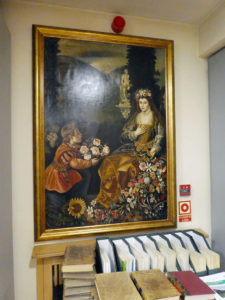
Of course this is the goddess Flora
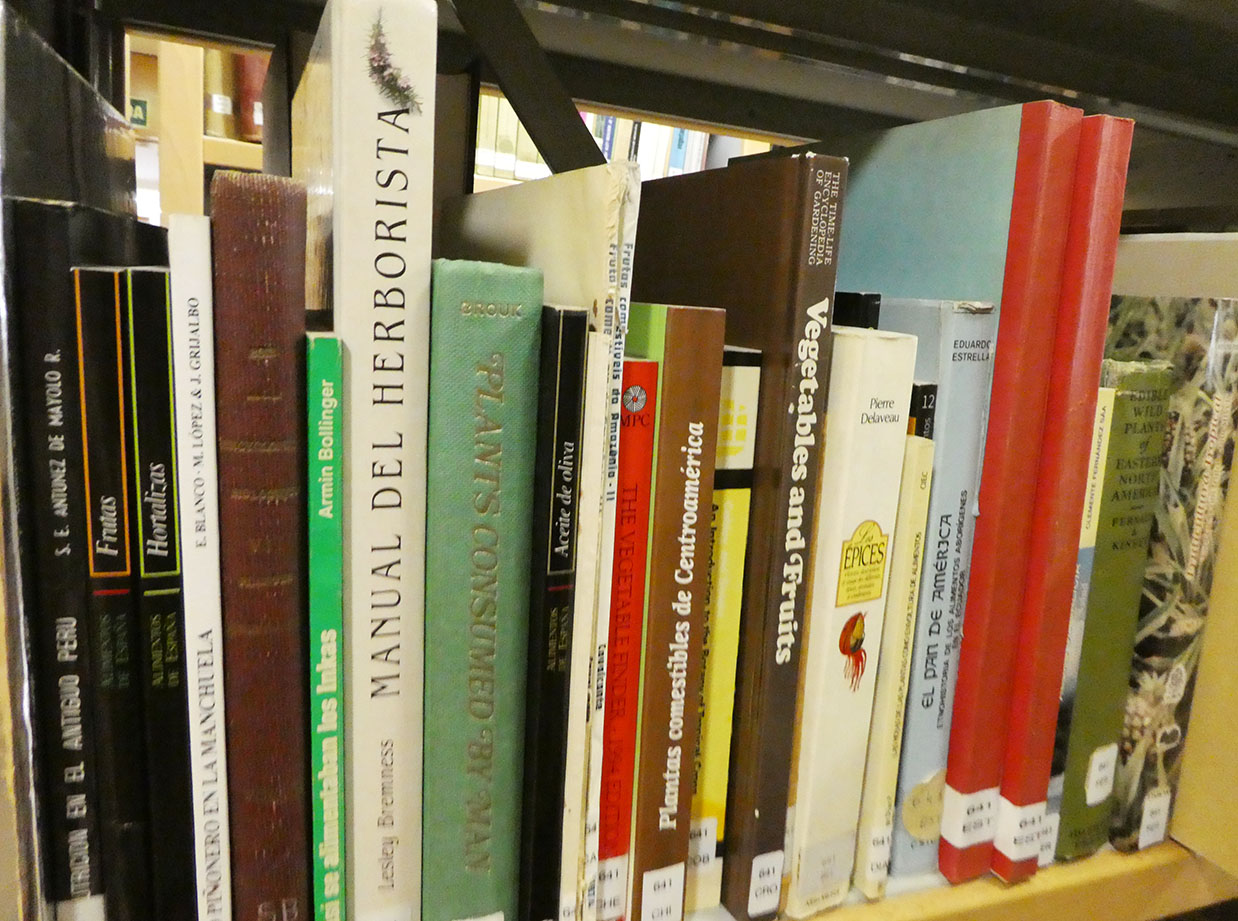
Fantastic books if you love the green world!
Needless to say that I am overwhelmed by the abundance of botanical books in the shelves, some of them surely rare: Expedtion reports from the jungles of Bolivia, mushrooms in the Himalya, pittosporums in Galicia, Pilze in Mitteleuropa, books in Chinese, German, English, French, and and and. Yet, if my curiosity hadn’t driven me down the corridor on that first day I wouldn’t have known about the cabinet at the very end of the room, and so I ask.
„Yes, says Felix, I can show you at least one of the books, I only need to get the key.
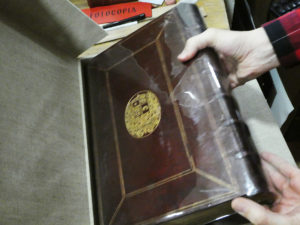
The Fuchs Book
These treasures are stored in grey plastic boxes, and carefully wrapped in transparent foil. The book I am allowed to look at is one of the very few (maybe 50 worldwide) copies of Leonhard Fuchs, one of the „fathers“ of botanics, printed around 1542.
The index indicates the plant names in latin but also with their common German names. The drawings were first printed in their outlines and afterwards coloured by hand. I am stunned and feel an overwhelming gratitude for the existence of these botanists, maybe of botanists in general. And, of course, for the people that helped to manufacture books like this, woodcutters, painters, printers. Fuchs himself acknowledges their input by the inclusion of their portraits. Else? Look for yourself! And thank you, Señor Alonso!
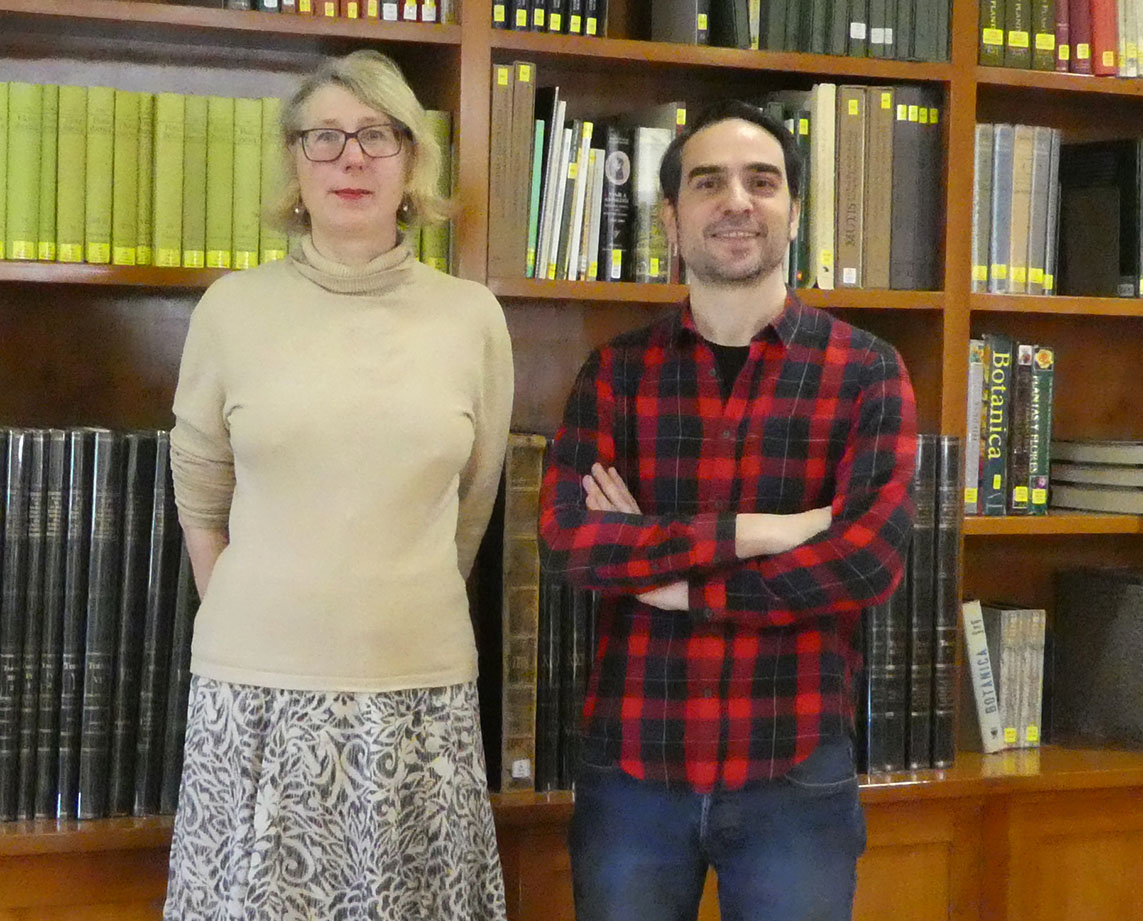
After the talks a quick picture
As I leave the offices of the library, the Botanic garden sparkles in sunlight. Despite the still-too-low temperatures the plant make every effort to spring into leaf and flower… while the gardeners are working hard to prepare more beds.
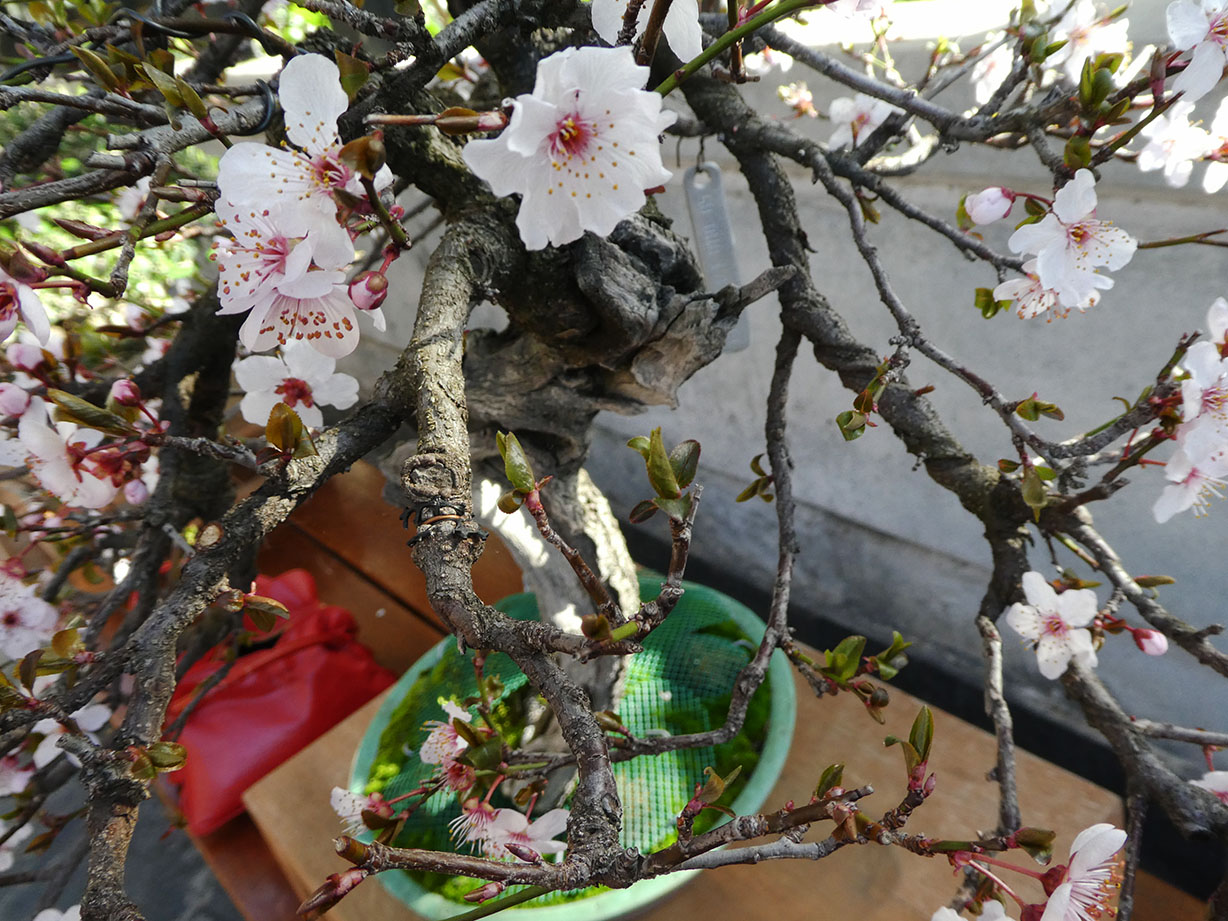
Almond tree bonsai at the entrance of the library
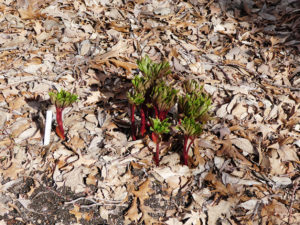
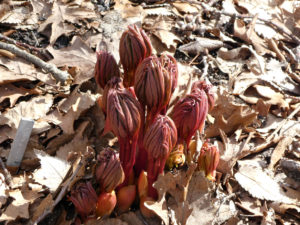
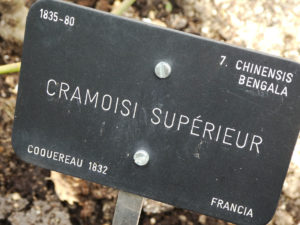
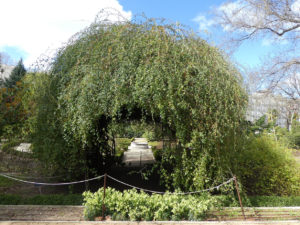
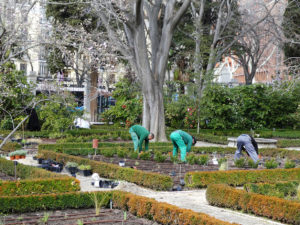
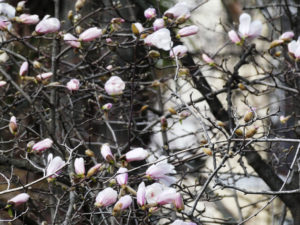
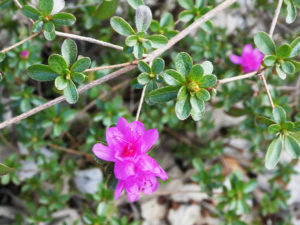
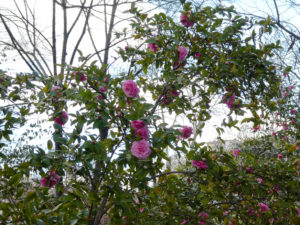
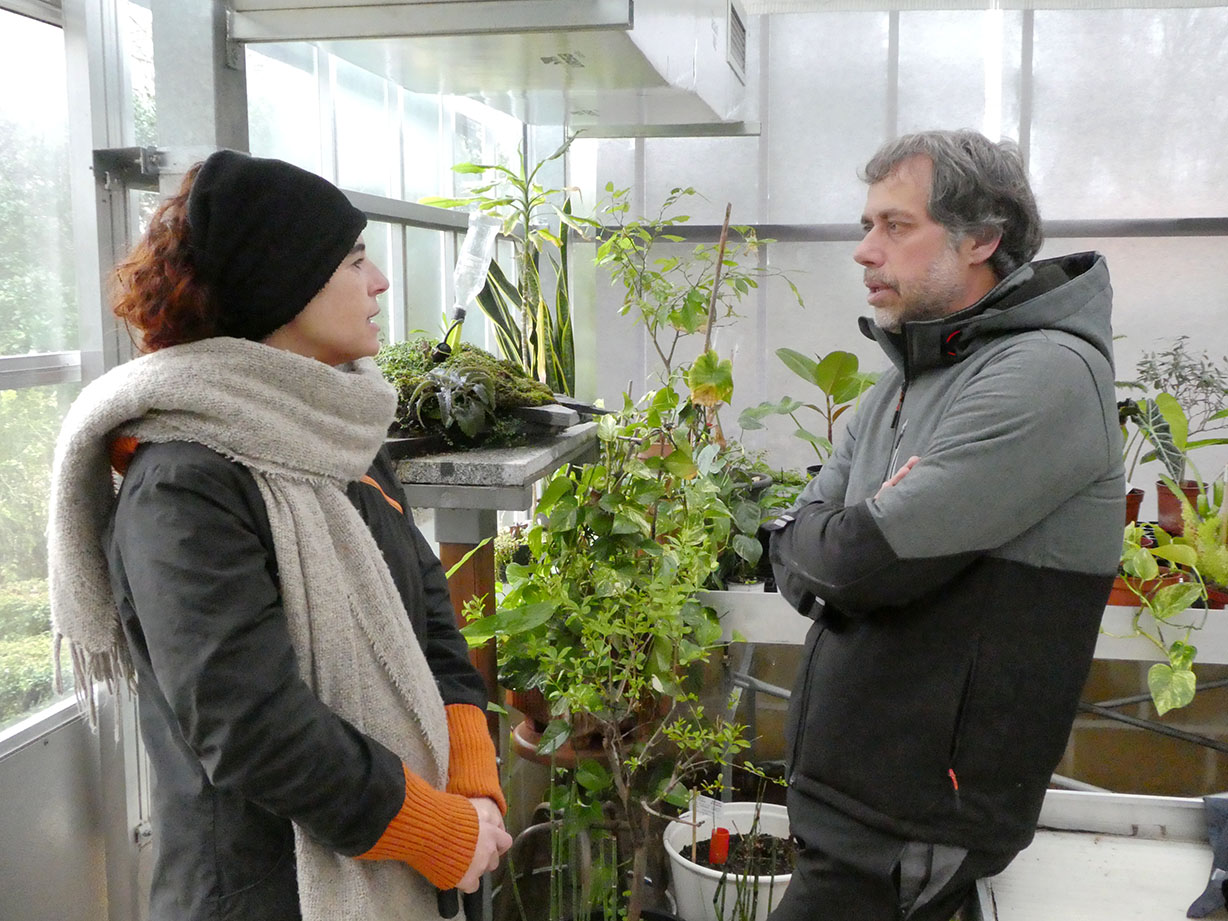
Eva Kurly and Oscar Dominguez at the Hospital de Plantas
It’s less than a 20 minutes drive into the western part of Madrid and we reach the community of Pozuelo, famous for its singular „Hospital de Plantas“. As we get out of the car, the air feels different. Humid, a bit „foresty“ with a tinge of swamp. The rain falls softly on my face and onto Eva’s umbrella as we make our way to the entrance of Aula de Educación Ambiental (Húmera).
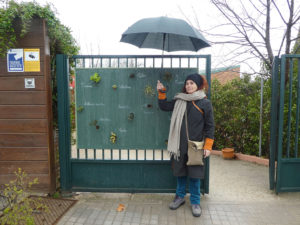
Eva Kurly had worked here for three years and arranged the interview.
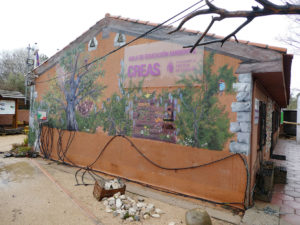
Main office
The area is huge. We walk past greenhouses, wooden office buildings, plots and raised beds, and a geodetic dome used as a surround cinema. One of the educational directives of this place is the fostering of sustainable energies and waste upcycling. We pass a dew collector, solar panels (one in the shape of a giant sunflower, that alines its movement with the course of the sun) and a solar oven.
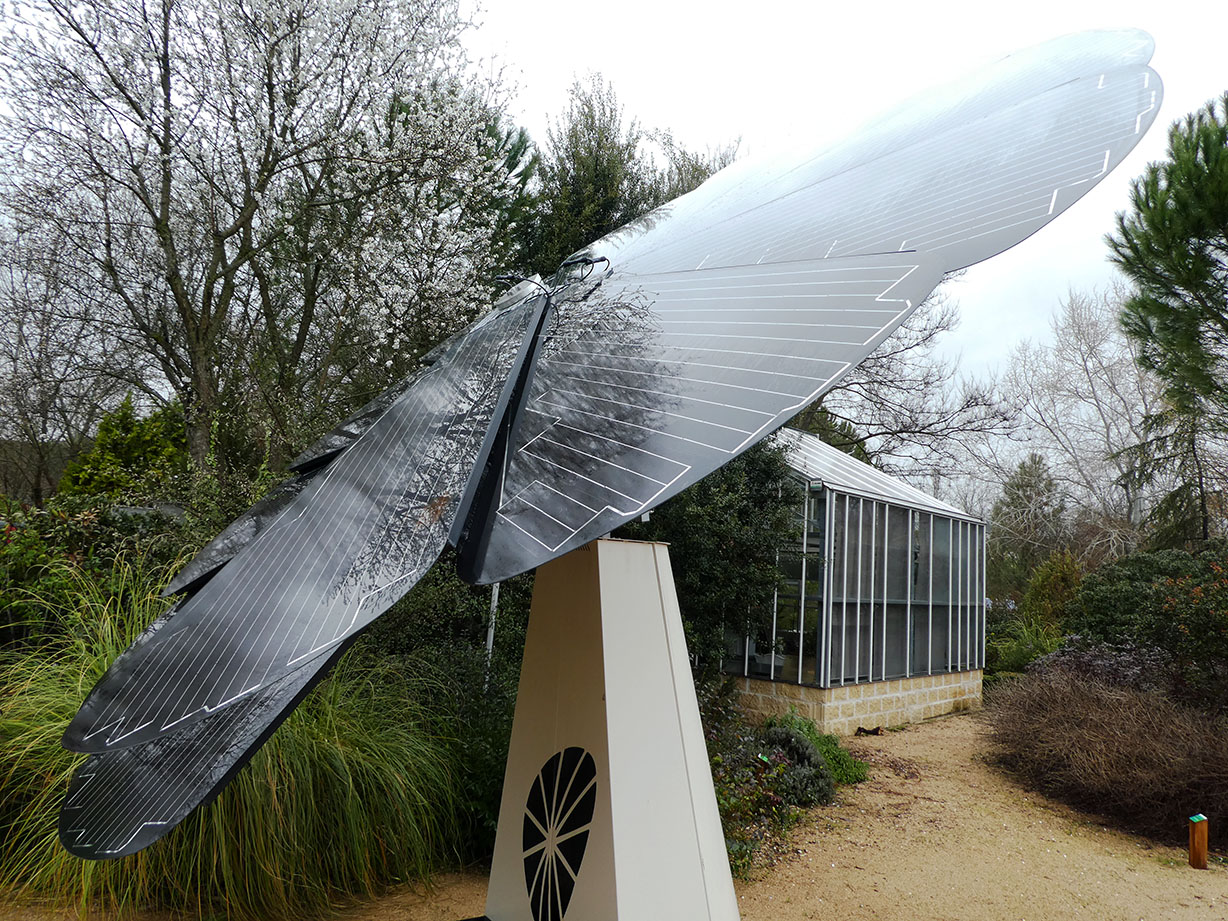
Smart solar energy plant
The fences hold plastic bottles cut out to hold plants of all sorts… due to the season most of them are „wild herbs“. Again much of the work invested into the huertos is done by volunteers and/or within the frame of education classes organized by the municipality.
The Hospital de Plantas is run by Oscar Domínguez, a biologist who teaches about plants and plant deceases at the university. There are regular opening hours once a week at Wednesday 10-2, when the citizens can come and bring their sick plants. A cupboard holds a microscope and various instruments to examine the patients and decide on the treatment.
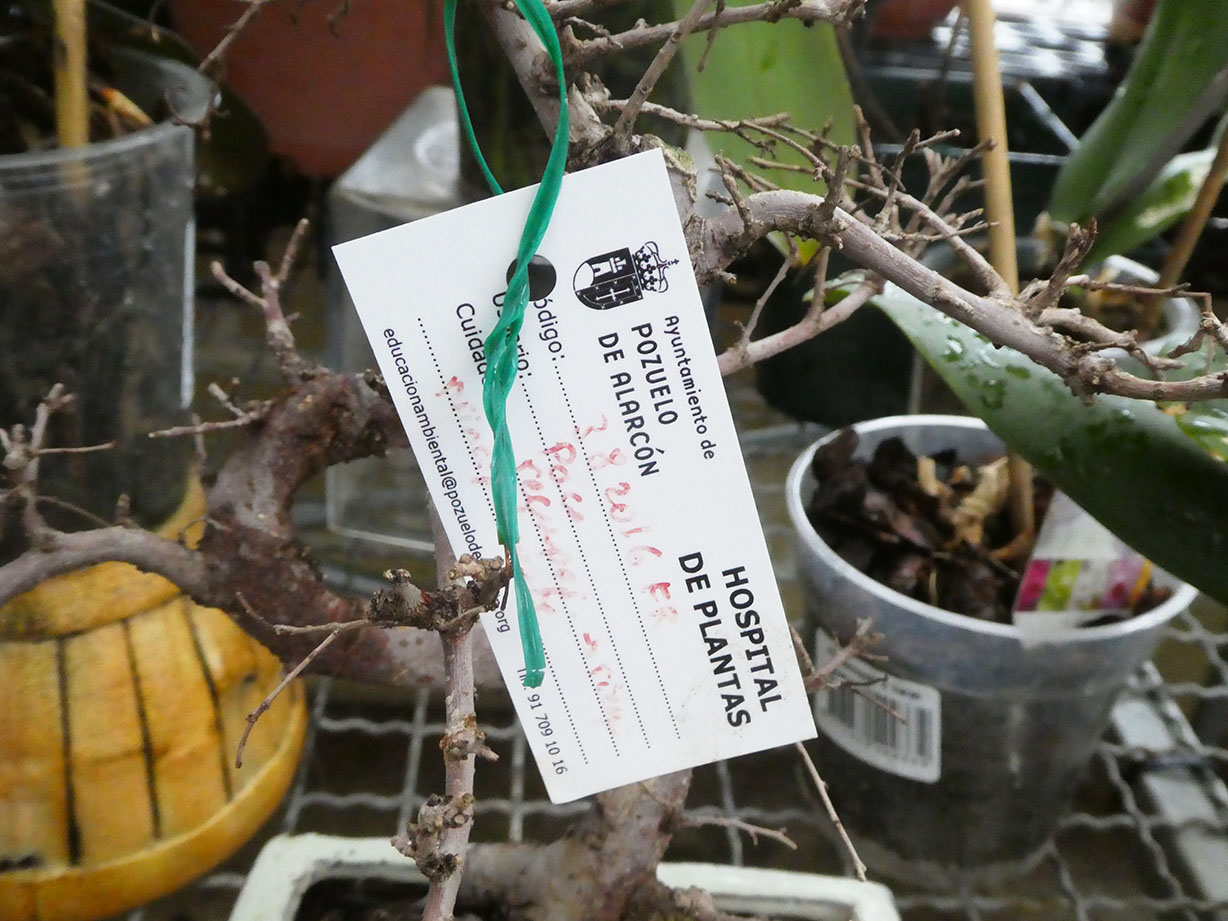
Patients get a label
Once hospitalized, the length of stay depends on the recovery process. For some plants, this can take up to a year, like in the case of a leafless, shriveled bonsai. Oscar put another case on the „Mesa de tratamiento“, a deplorable looking orchid in possession of none but one (broken) areal root. He points at some knobs in the centre of the plant. There is still hope, he says.
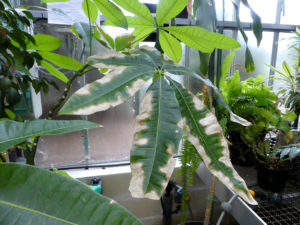
A classical patient
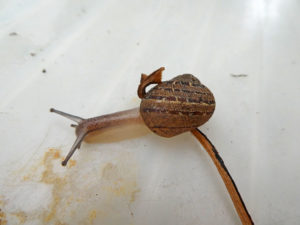
A snails sails across the table. It will be put out into the open
With such a long stay, I ask, how often does it happen that the owners won’t fetch their plants back?
Often, Oscar says. People just give up too easily. They are not used to care for plants in a sincere way.
Yet, if a person cannot take care of a plant, this shows that this person is also neglecting his or her own personality, or at least part of it.
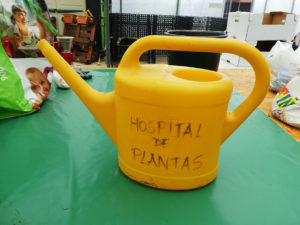
Hospital watering can
Our conversation, facilitated by Eva’s translation, consequently drifts to the psychological impacts of plant ownership and care. Older people for example would often prefer plants that are easy to care for and grow rather slowly while young people love quick growth and plants that produce an abundance of colors both in leaves and flowers.
– The interview is presently in the process of editing and will be online in due time –
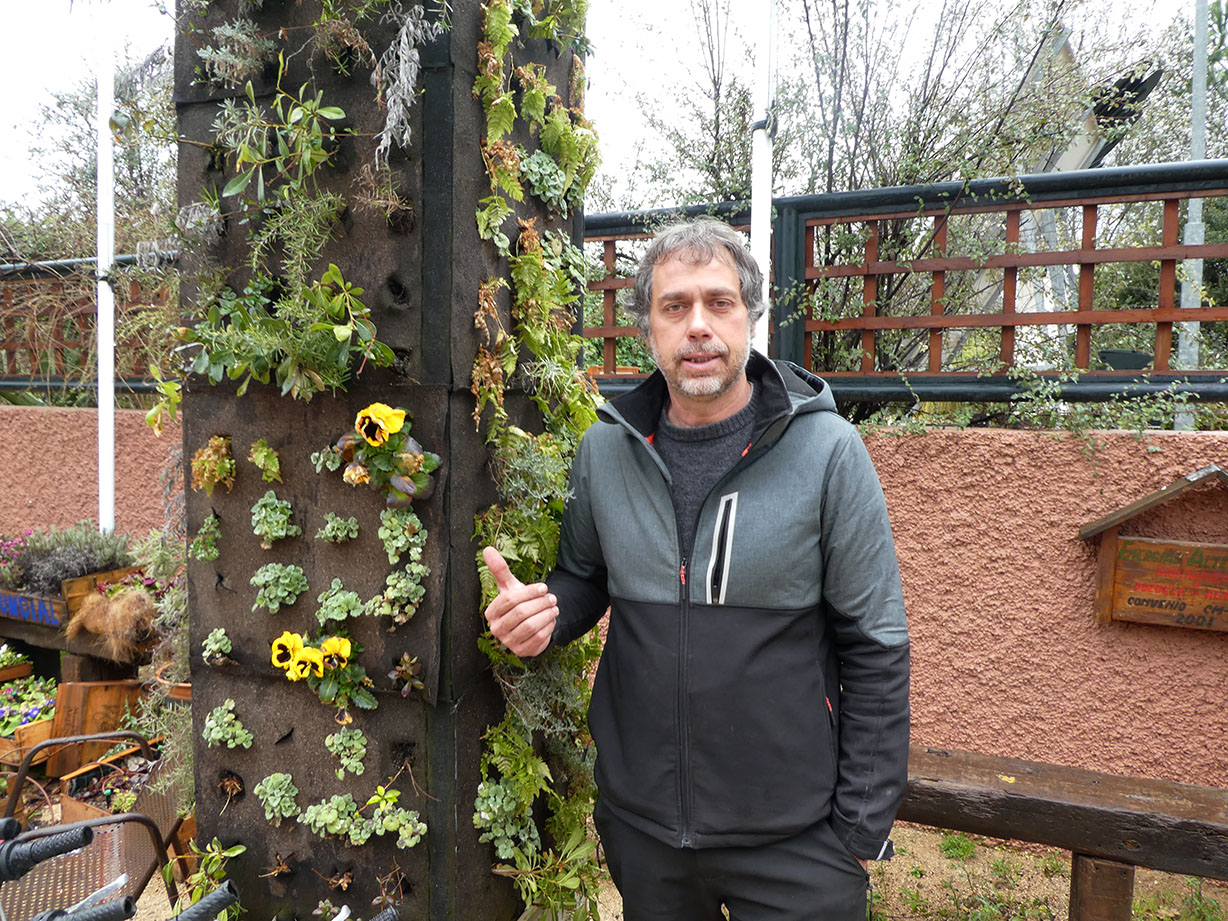
Oscar Dominguez, Hospital de Plantas
A second branch of Señor Dominguez’ research work is the construction of vertical gardens and the exploration of their micro climates. The one shown here is wainscoted with felt and allows a natural circulation of water, light and microorganisms within the unit.
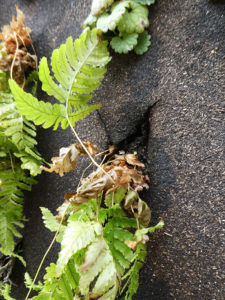
We leave the „Classroom of Environmental Education“ of Pozuelo for a little walk in the nearby Casa De Campo. Once a hunting ground for the royals it is now Madrid’s biggest park covering more than 1,750 hectares. (I leave the touristic details aside here). There is anthother hospital in the vicinity: A hospital for night birds. There is not much hope to meet somebody there. Eva tells me she’s tried already several times. We are more than surprised that the door actually opens…
Yet, cheered too soon: No, no es possible! The staff is just at lunch and the birds are sleeping and must not be disturbed.
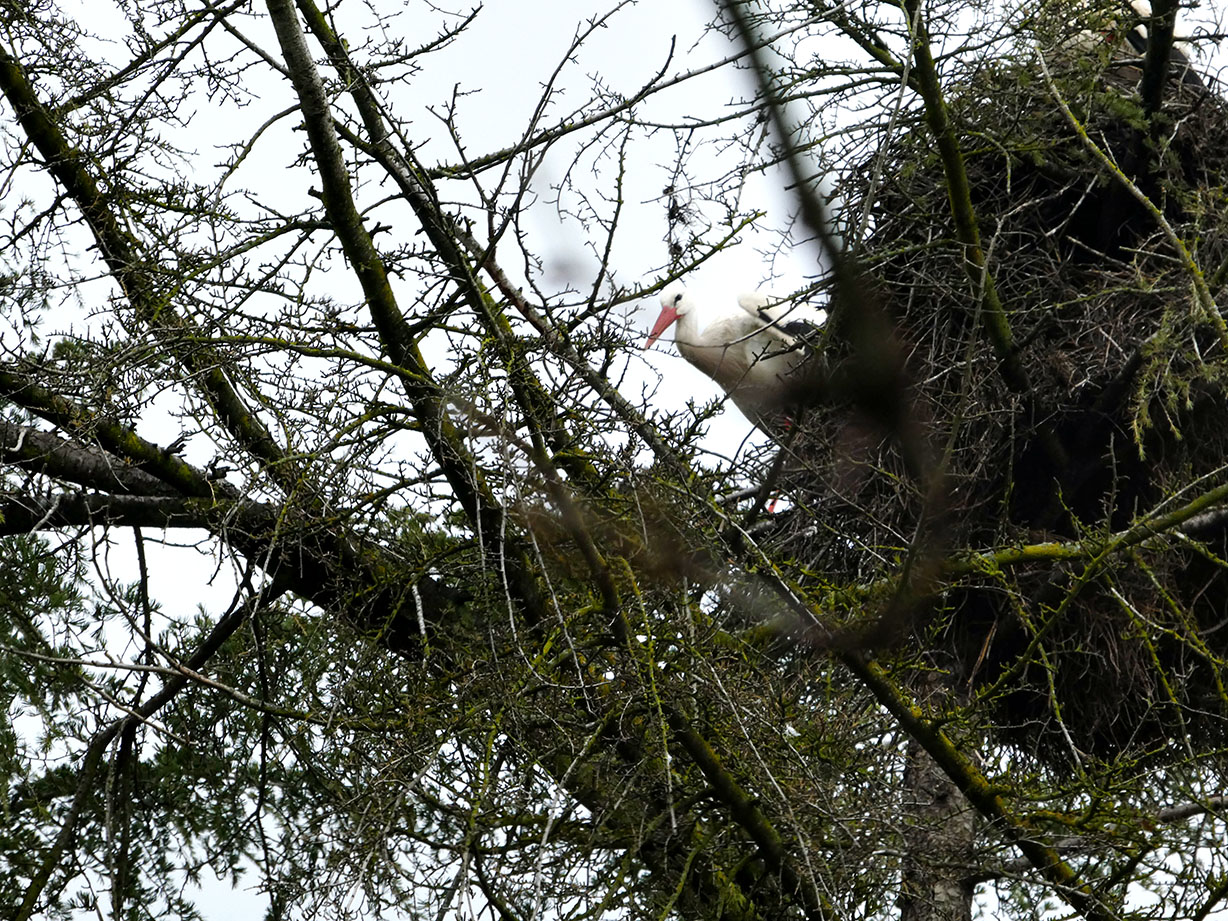
Stork’ nest Casa de Campo
Very wide awake instead are the storks that keep flying almost around our heads. Bundles of twigs hang from their beaks and indeed, Eva points out to a huge nest in the top of a nearby tree.
Two other features of the Casa des Campo: Swarms of green parrots that also nest here and pose (as in many other cities – also in Germany – ) a treat to the native birds, especially the common sparrow (which grows less and less common). Second, hoards of ghostly shaped trees, with hollow trunks and often reaching into the air with one last twisted branch. We put the recorder for the bird sounds into the fork of one branch and walk around… there is this „silky grey“ filter on my camera I try out.
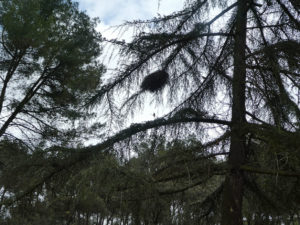
Nest of the “evil” green Parrot
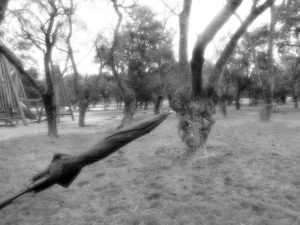
Ghost movie trees